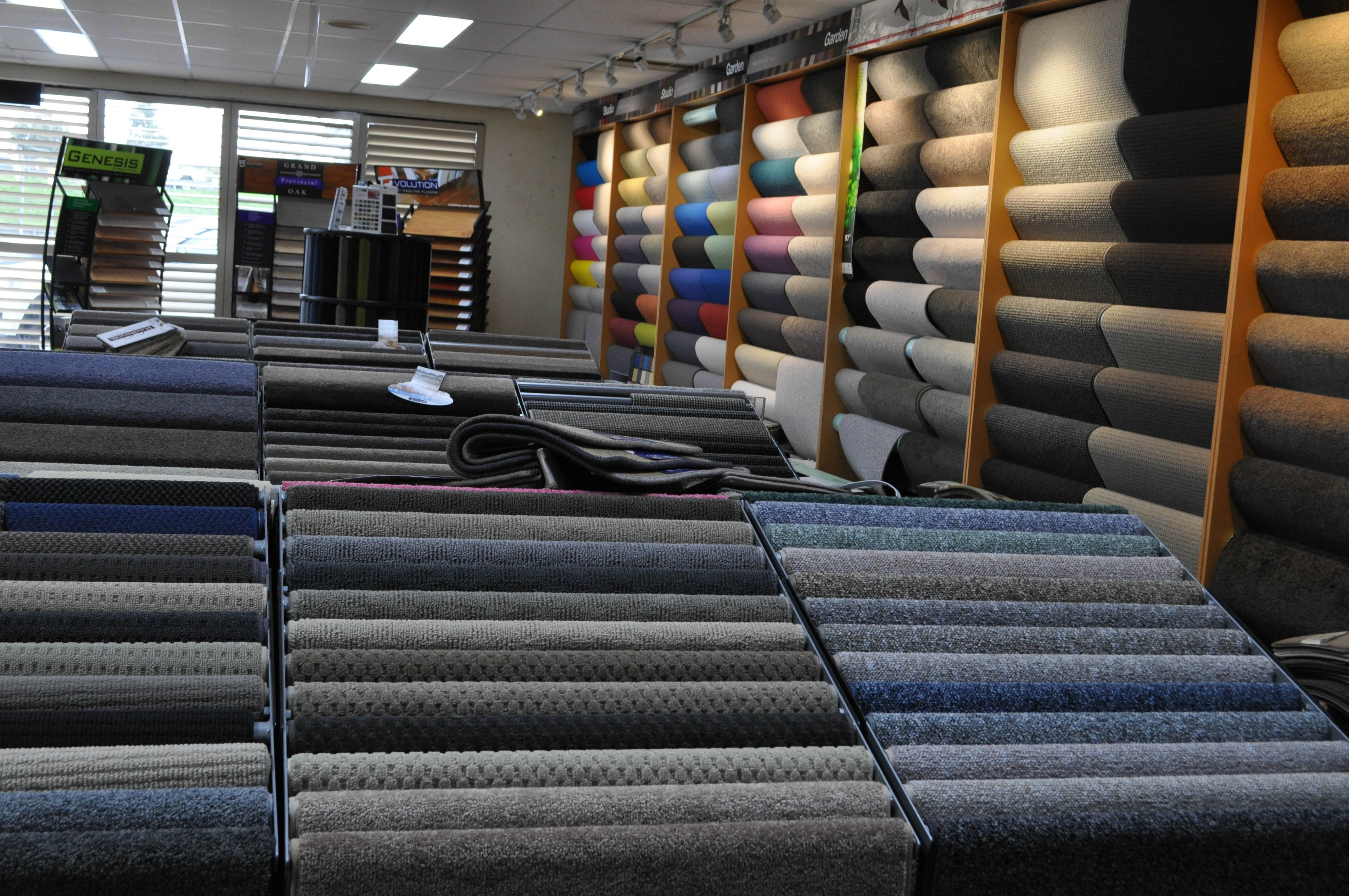



The above photo shows a carpet showroom in a carpet retail store trading in carpet. It has carpet drape stands with carpet drapes on them and carpet sample books underneath the stands. The second photo shows the carpet stock that is stockpiled one of the warehouses of Concord Floors. Some retailers to get a price advantage, buy carpet in bulk and warehouse it in their warehouses. They, when they are trading can then pass on these secured price advantages to their customers and therefore be more competetive on the open market.
Concord Floors is a carpet store near to the following areas: Melbourne and its' suburbs of: Caroline Springs, Derrimut, Deer Park, St. Albans, Sunshine West, Hillside, Taylors Hill, Taylors Lakes, Burnside, Sydenham, Delahey, Werribee, Hoppers Crossing and most other Melbourne suburbs. see Locations we service
Carpet flooring is a component of the floor covering of buildings. As a result it is traded all over the world. Concord floors trades in the sale, supply and installation of carpet. in the following areas: Melbourne and its' suburbs of: Caroline Springs, Derrimut, Deer Park, St. Albans, Sunshine West, Hillside, Taylors Hill, Taylors Lakes, Burnside, Sydenham, Delahey, Werribee, Hoppers Crossing and most other Melbourne suburbs.
Carpet is a machine made textile floor covering and includes modular carpet (carpet tiles and sheet goods) and broadloom carpet (carpet in continuous rolls).
The various manufacturing processes can produce carpets with quite different features. The main feature is a cushion floor, that is a floor that is soft to walk on. The major variables in construction relate to design flexibility, performance features and also cost. The major products/processes are:
Method of Installation. Different installation methods can be used for most carpets. They include:
broadloom carpet
modular carpet:
Surface Appearance (Style) The most frequently specified surface texture/appearance styles are level loop; high and low loop; cut and loop; tip sheared loop and level cut.
Pile Fibre Composition is of the following: Nylon (or polyamide), polypropylene (or polyolefin), wool and triexta are the major fibres used in Australia to make carpet. Different fibres can also be blended to produce mixed fibre carpet yarns, the most common being 80% wool /20% synthetic carpet yarn. Blending of yarns is used to achieve certain performance and economy requirements. Manufacturers can advise on appropriate blends as necessary. For blended yarns, blend proportions should conform to the tolerances and allowances set out in AS/NZS 2622. Percentages are expressed as Commercial Standard Regain of the respective fibres.
A carpet floor gives a room the utilities of:
An index to this article is:


The machine that makes the carpet is called a broadloom and turns out carpet evenly in slabs of 3.63 metres in width, which is 12 feet in imperial. This is where the term broadloom metre comes from.
Carpet comes from the manufacturers, in rolls of 3.63 metres wide and 40 metres or greater in length. These rolls are then cut to a roll size that meets your particular job requirement by a carpet cutting machine.
A carpet roll is normally 3.63 metres wide and when rolled out one metre, the exposed carpet that is on the floor, is then, in the carpet industry termed one broadloom metre. If the roll is rolled out 2 metres then in the trade it is 2 broadloom metres. If the roll is rolled out 3 metres then in the trade it is 3 broadloom metres. One broadloom metre is 3.63 square metres.

To convert from broadloom metres to square metres multiply the broadloom metres by 3.63. To convert from square metres to broadloom metres divide the square metres by 3.63.


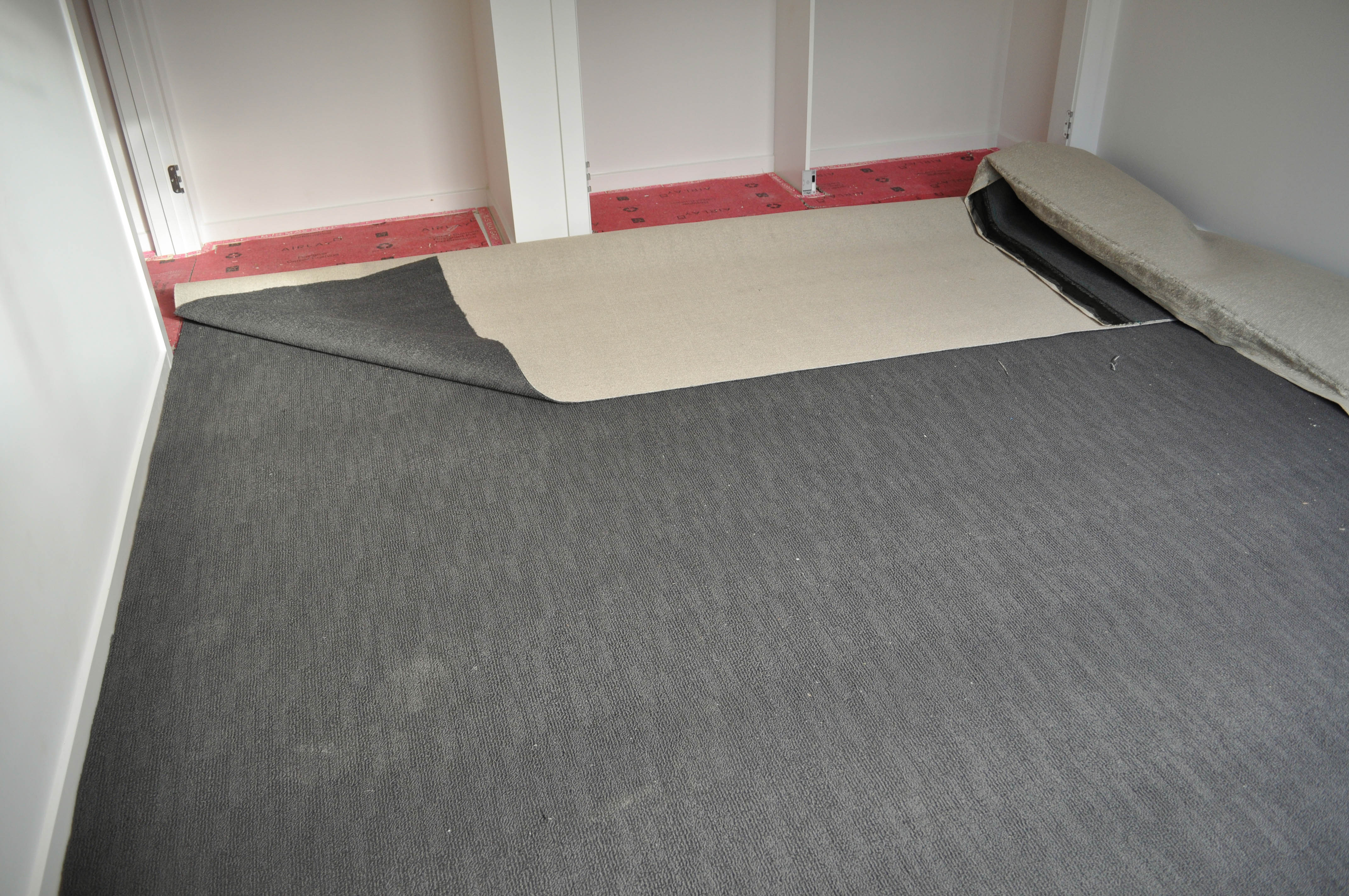

This isn't an easy task. Frequently even the trained carpet salepeople will make an error and even sometimes proffessional carpet layers make mistakes. The biggest cause of these errors is the fact that carpet has carpet pile that leans uniformly in one direction. This slab of carpet when on the floor, when viewed, appears one particular colour. This color is produced by the reflection of light striking the carpet's pile surface. The reflected light then enters your eye. If we cut of a piece of this carpet and place it back on the rest of the body of carpet, but turn it in the opposite direction, the two pieces of carpets will appear 2 different colors, distinct from each other, even though 2 shades of the same color. This must be avoided in carpet laying as it is unacceptable by consumers and law. For a rough estimate, and I emphysize it is only rough, it is possible to work out the amount of square metres and multiply this by a factor of 10-15%.
CARPET IS SOLD TO CARPET RETAILERS BY CARPET MANUFACTURERS ONLY IN BROADLOOM METRES
The second reason that creates errors in carpet estimating for a job, is that carpet in the industry is only sold in broadloom metres. Even though the salesperson might be talking to you in square metres when the salesperson places his order with the manufacturer he converts the square metres to broadloom metres. But also when he draws up your plan to calculate the metreage he does the calculations in broadloom metres. The consequences of this method of trading is that slabs of carpet are bought and every slab is 3.63 metres wide. These slabs are rolled up into a roll for easy transportation. In turn this creates a situation whereby different sized rooms can take the same number of broadloom metres.
Lets work out the required carpet metreage for a couple of rooms:

room 1: length 4.2 metres, width 2.3 metres = requires 4.3 broadloom metres (square metres = 4.3 x 3.63= 15.61 square metres).
Firstly we need to add 0.1 metres to every cut so that it is 5 cm up the wall. So when the roll of carpet is laid out 4.3 metres in lenth we cut it across at this point. But the carpet is 3.63 metres wide. But all we need is 2.5 metres in width (2.3m [room width]+ .05m [up the one wall] + [0.05m up the other wall]. So we cut the carpet lengthwise at 2.5m leaving a balance of 1.13 metres x 4.2 metres. If only this one room is being carpeted then this is waste that you might turn into mats. your room is only 4.2 x 2.3 metres totalling 9.66 square metres, but you had to buy 15.25 square metres producing a wastage factor of 57.86% which is a massive wastage factor.
Room 2: length 4.2 metres, width 3.4 metres = requires 4.3 broadloom metres (square metres = 4.3 x 3.63= 15.61 square metres).
Firstly we need to add 0.1 metres to every cut so that it is 5 cm up the wall. So when the roll of carpet is laid out 4.3 metres in length we cut it, across at this point. But the carpet is 3.63 metres wide. But all we need is 3.4 metres in width (3.4m [room width]+ .05m [up the one wall] + [0.05m up the other wall]. So we cut the carpet lengthwise at 3.5m leaving a balance of 0.16 metres x 4.2 metres. your room is only 4.2 x 3.4 metres totalling 14.28 square metres, but you had to buy 15.25 square metres producing a wastage factor of 6.8% which is a minor wastage factor.
Room 3: length 4.2 metres, width 4.0 metres = requires 1 roll of 4.3 broadloom metres (square metres = 4.3 x 3.63= 15.61 square metres)+ 1 roll of 1.53 broadloom metres (square metres = 1.53 x 3.63= 5.55 square metres). This is a total 9.85 broadloom metres or 35.77 square metres.
When we roll out our first carpet roll room lengthwise we find that this slab of carpet leaves a 0.37 metre gap of floor uncovered by carpet because the width of the carpet is 3.63 and the room's width is 4.00 metres. The uncovered floor is 0.37 metres in width and 4.2 metres in length. To cover this we need more carpet. So we take another roll, measuring 1.53 metres and roll it out in the same direction as the first roll and slice of it 3 slabs of carpet (called fillers). The width of these fillers will be 0.37 metres + 0.05 metres for up the wall excess + 0.05 metres removal of of side salvage of filler, + 0.05 metres removal of of side salvage of the laid out first roll. The removal of the side salvages enables us to accomplish a better carpet join when the carpet is joined. The 3 fillers are to be butt joined so they are placed lenthwise and when we add up their total lengths it adds up to 4.3 metres- the length of the room- after we have subtracted 0.05 metres from two fillers where the joins are to take place.
We have taken of the small roll 0.47 metres x 3 = 1.41 broadloom metres leaving a balance of 3.63 - 1.41 = 2.22 x 1.53 metres. This balance is waste.
If the carpet has a pattern and needs to be pattern-matched, then the second roll must be longer by the length of the pattern.
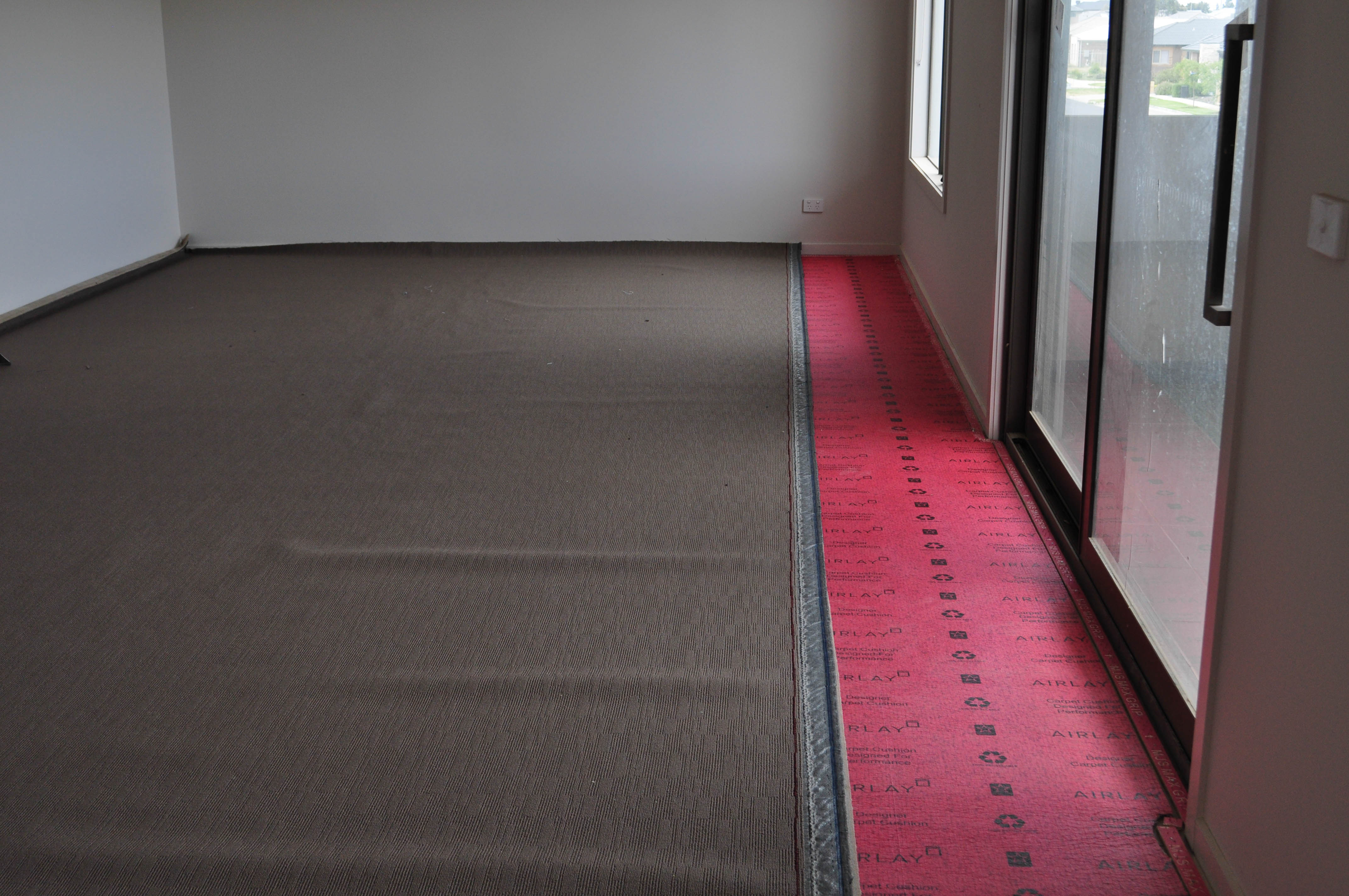
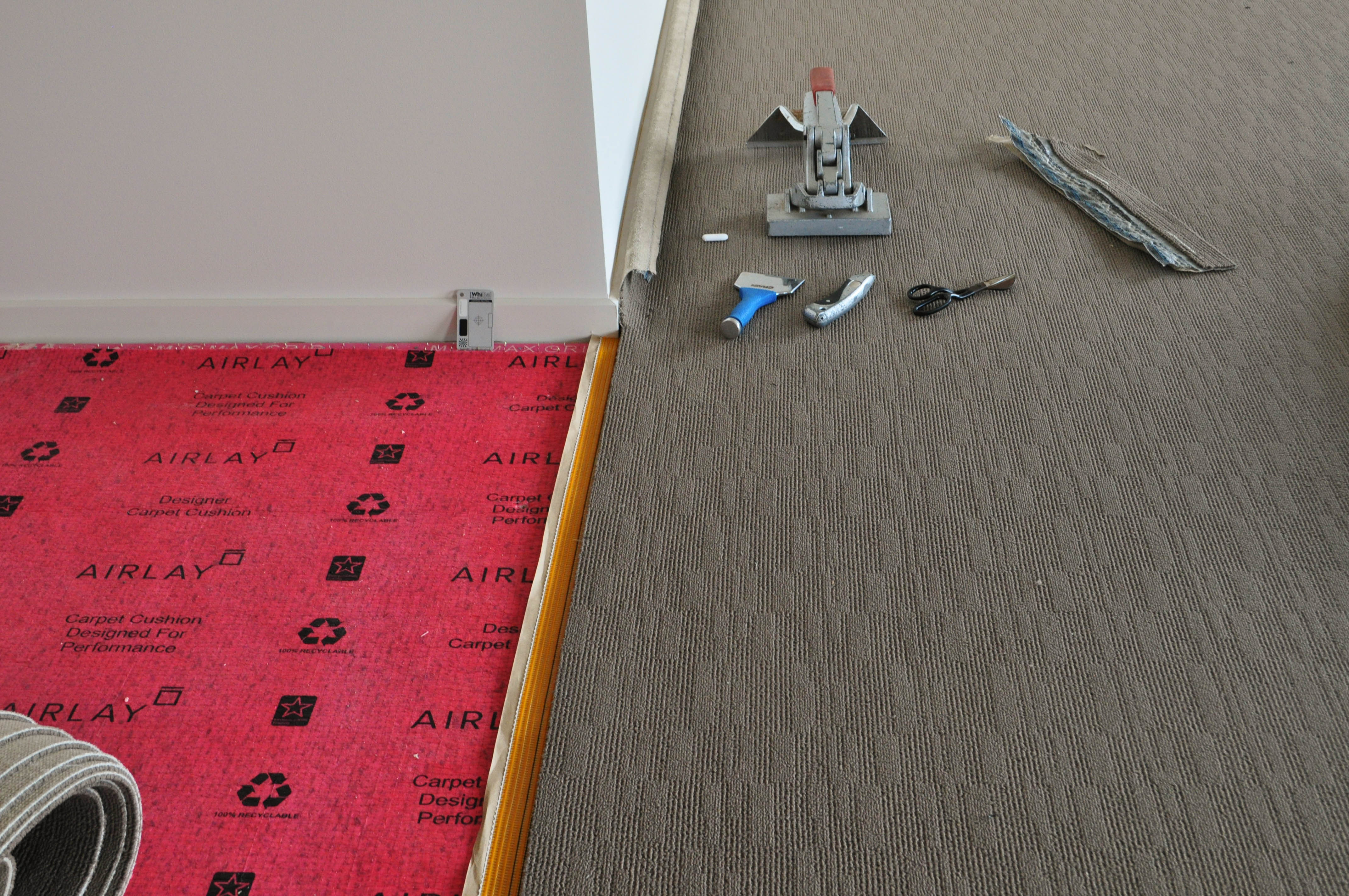


For guidance on carpet installation and carpet laying please go to our section Carpet Installation. Please click on CARPET INSTALLATION
Carpet prices are traditionally quoted in broadloom metres although there is a trend currently to quote in square metres.
For CARPET PRICES please go to our section Carpet Installation. Please click on CARPET INSTALLATION
In the carpet industry, the leftover balance of a new cut roll is called a remnant roll or simply a remnant or off cuts.

Carpet consists of the yarn ( which is what you stand on) and the base into which this yarn is embedded and which holds it all together.
The yarn is made up of various fibres spun together to form one single strand of pile (similar to a piece of rope fibres) and either heat set, (kept for 20 minutes in a heated autoclave [oven]) to retain and remain in that position or chemically set (the yarn is kept immersed in a chemical solution for a period of time).
Presentday fibres are wool, wool mixed with synthetic, nylon, solution-dyed nylon, polypropelene, acrylic, polyester.
They are as follows;
The carpet surface has a velvet look. The individual carpet yarn strands are twisted to a maximum level of 160 turns per inch, imbedded (tufted) into the base of the carpet, and cut evenly from a distance from the base of the carpet. The visible top surface consists of the aggregate of the cut ends of the upright yarns. The appearance is a smooth finish. When the yarn in a small section is brushed in one direction it reflects light differently from the surrounding sections and therefore appears a different colour. When walked on foot prints are left behind from the disturbance of the surface.
Below photos show examples of Plush Pile Carpet
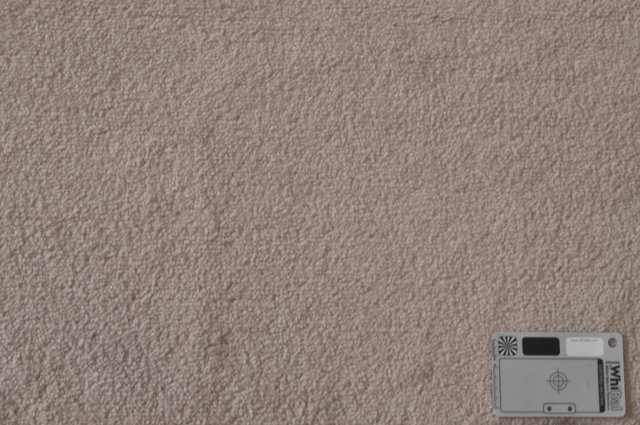

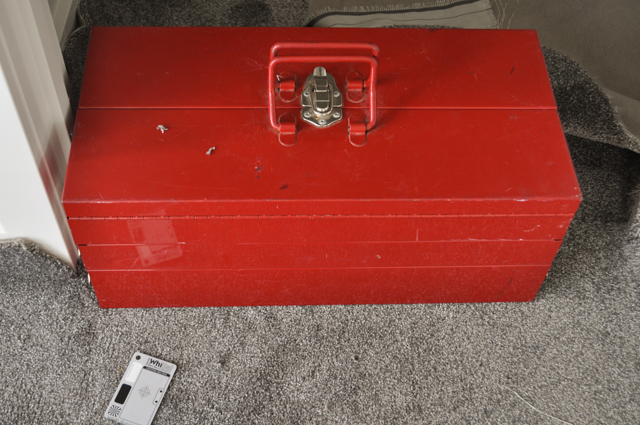

The same as for plush pile with the difference, the carpet surface has a coarser look due to the higher twist level of the yarn (from 260-320 turns per inch). The velour and footprinting effects are diminished but not eliminated entirely. Where the density of the yarn (pile) is high, that is the stich rate is at its maximum, the twist pile surface starts to resemble the elegant surface appearance of a plush pile with the added advantages of the absence or diminishing of the velour and footprinting effects. It is for this reason that twist piles are the most sought after styles of carpets.
Below photos show examples of twist pile carpet



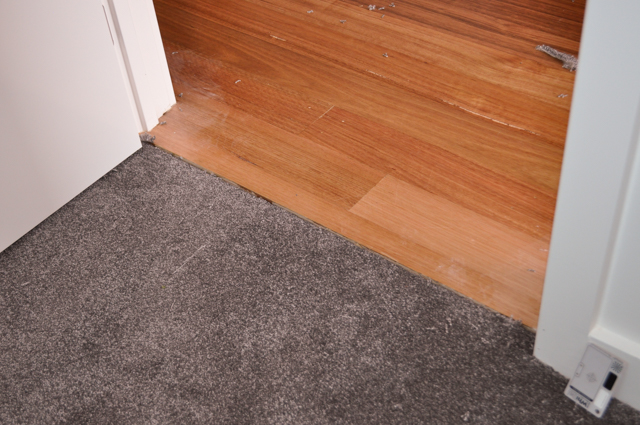
The yarn is looped.
Below photos show examples of loop pile carpet


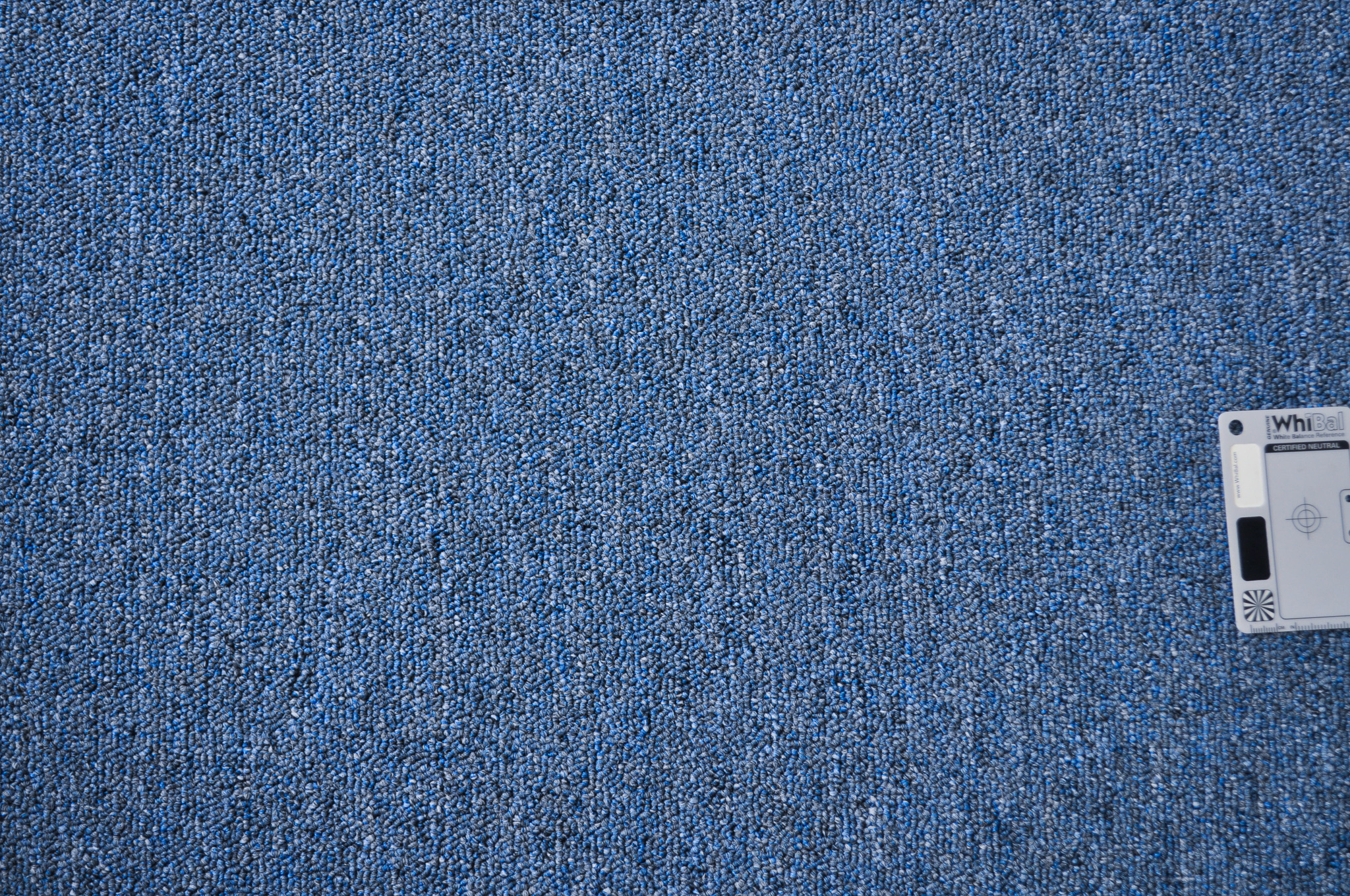

The yarn in this style of carpet is looped but there is an alternating high and low rows.There are no velour, footprinting or shading effects with this type of carpet.
Below photos show examples of sisal carpet
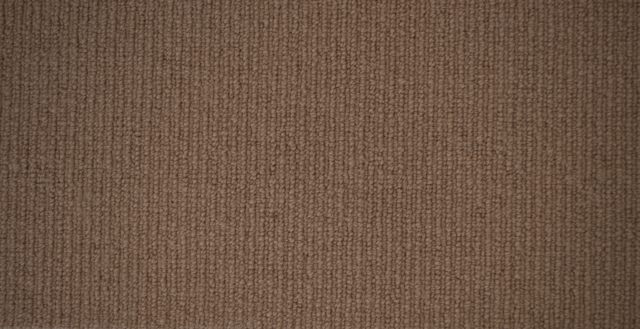

A looppile with a thicker yarn normally flecked in appearance. Can be of wool or synthetic fibre.
Below photo shows an example of a berber carpet

A combination of loops and twist or plush pile.
Below photos show examples of cut and loop carpet

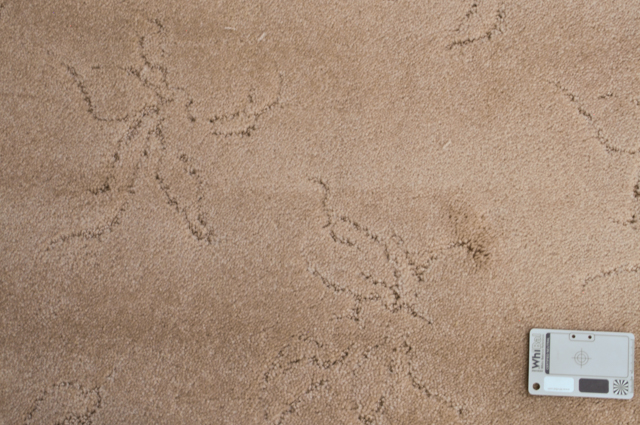
The carpet surface has a pattern. Below two photos show examples of patterned carpet.
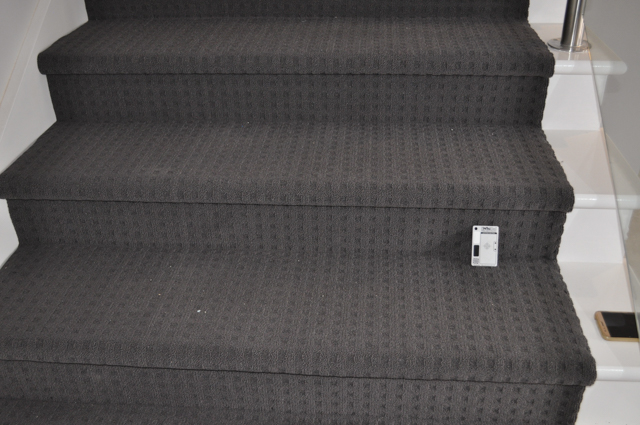
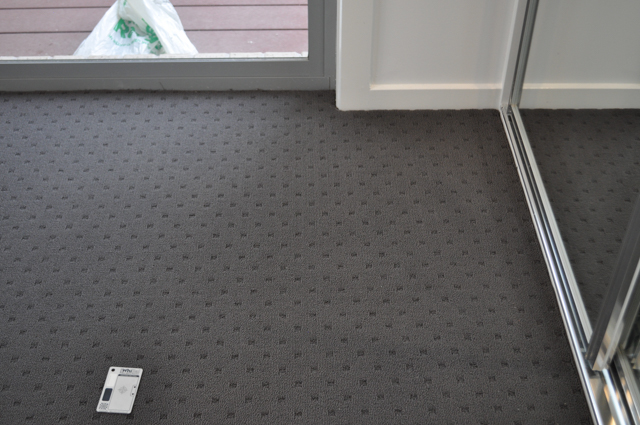
Carpet with floral or icon or emblem patterns. The carpet pile is woven into the carpet base. They tend to last twice as long as tufted carpet, some lasting up to 40-50 years.

All the above carpet classes exude a feel and style when one looks at them.
For a discussion on colors, carpet styles and home interior design, should you be interested, please go to our home interior design section. Here you should find readily understandable principles and rules for building a pleasing balanced harmonious interior color scheme. But the right color scheme and carpet style for you is the one that you find the most appealing. see HOME INTERIOR DESIGN
They are as follows:
the smooth carpet surface gives the effect of elegance.
the semi-smooth carpet surface gives the effect of elegance, but a little less than a plush pile.
WOOL CARPETS that are loopile, sisal or berber have a casual naturalness, and induce in the viewer, a state of relaxation.
homeliness
stateliness- an expression of power. State buildings usually use this style.
create a period atmosphere. Great for period homes.
This is sometimes difficult and if you are experiencing difficulty after reading the above, and our section on interior decor give us a call on 0412 740 200 and make an appointment to see us at our premises. We will do our best to advise you, and this will be free of charge.
Stair carpet must be strong and sturdy and can be of any of the above styles. The best way to ascertain this is to get the carpet rating for this particular carpet range. This rating is obtained after the carpet has been practically tested under simulated home wear conditions by an indepenant authority. The classification that they give it must be "residental heavy duty including stairs" or for commecial properties "commercial heavy duty including stairs"
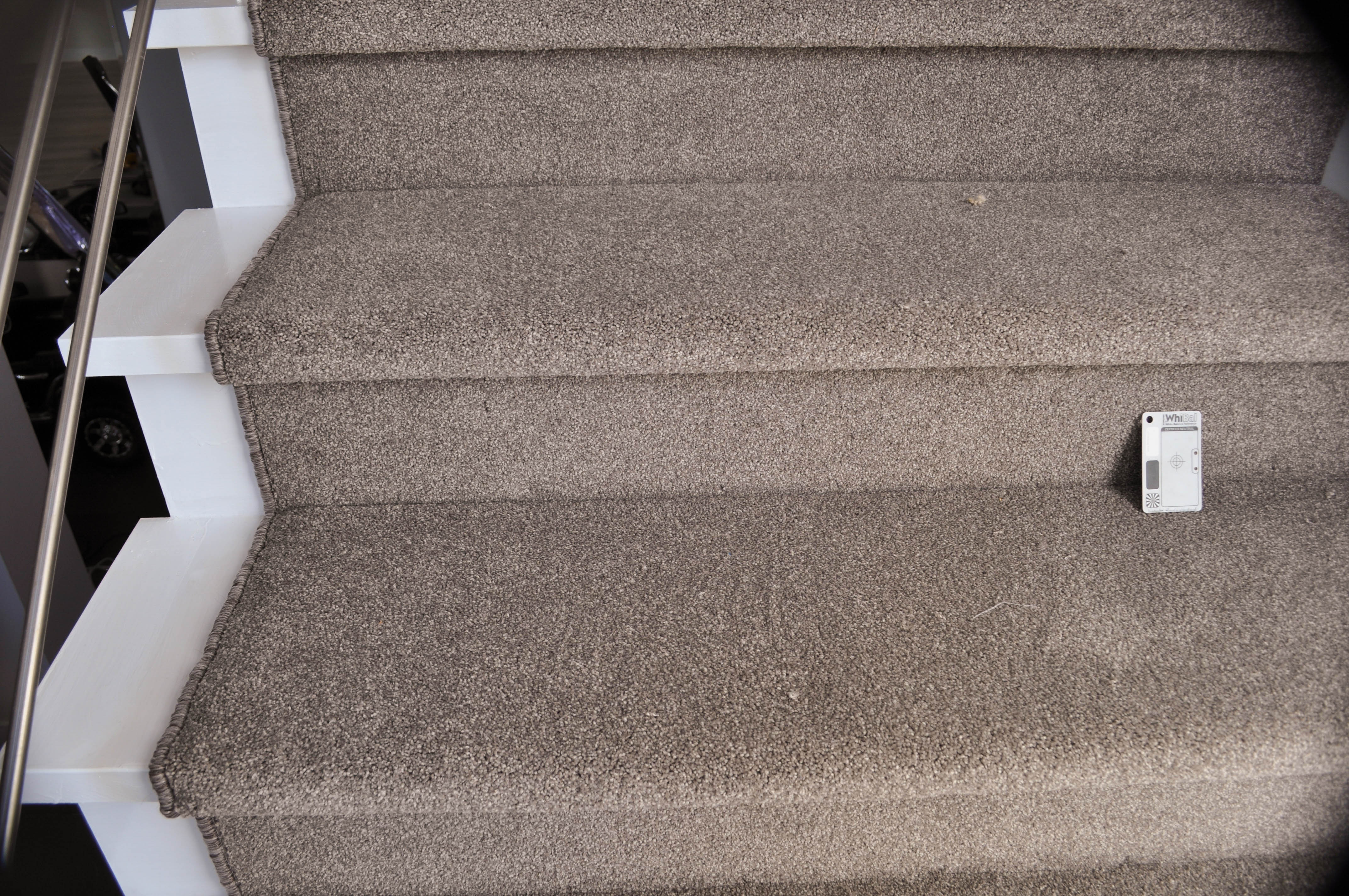
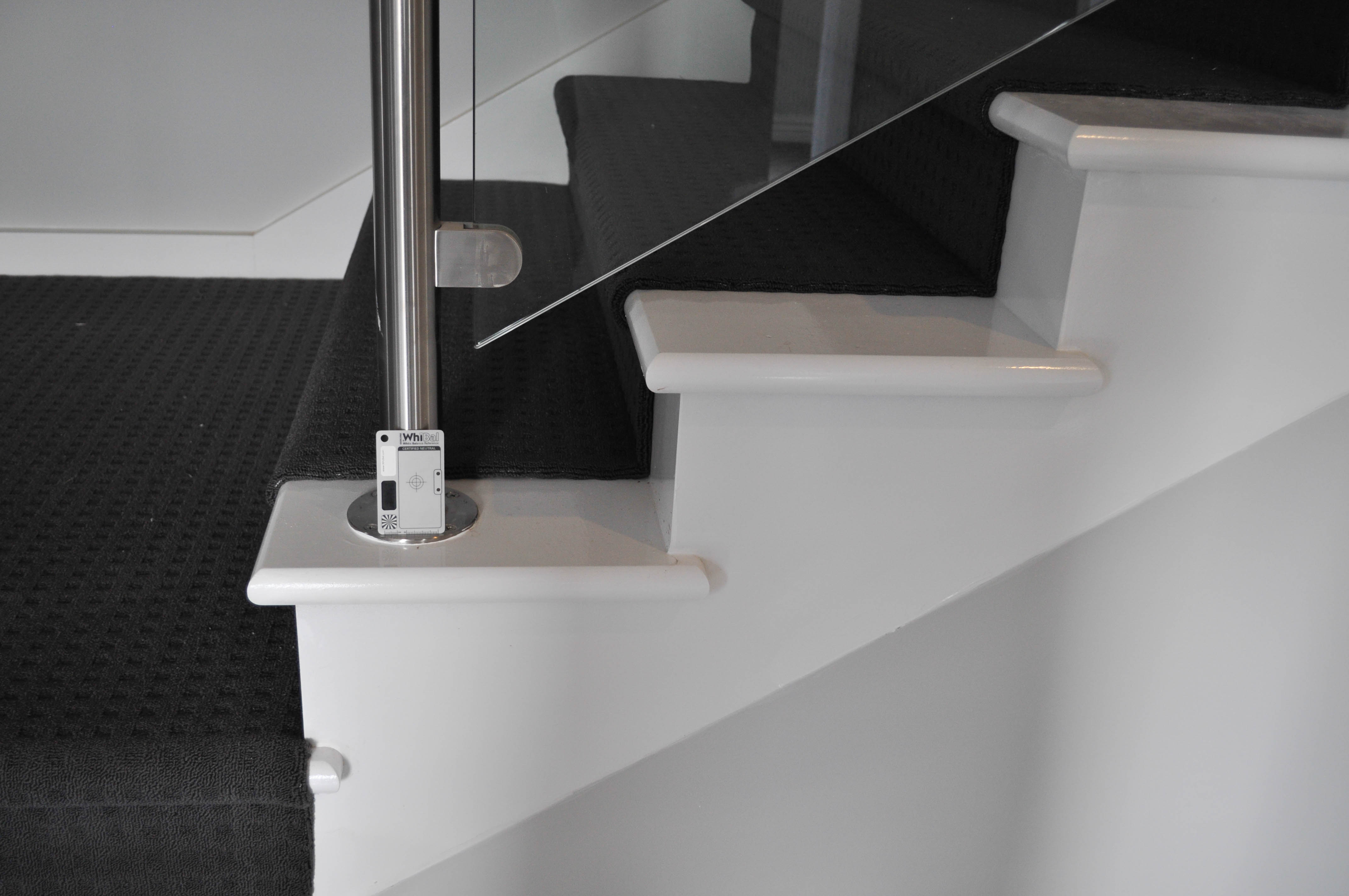

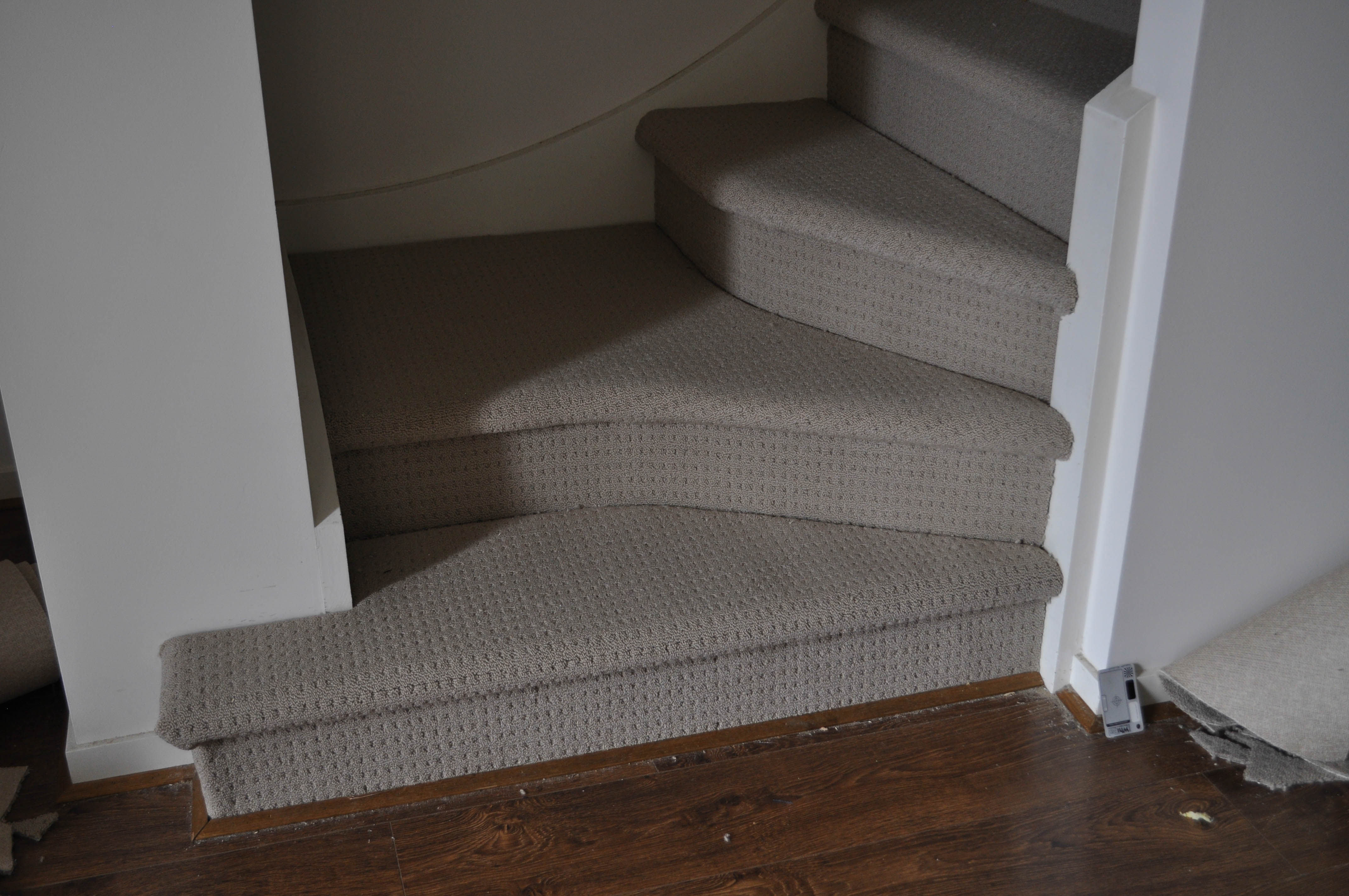
Carpet of any style, color and carpet wear rating can be used as a floorcovering on the bedroom floor as the wear and tear on the carpet is at its lowest in this part of the house.
Examples of bedroom carpet:

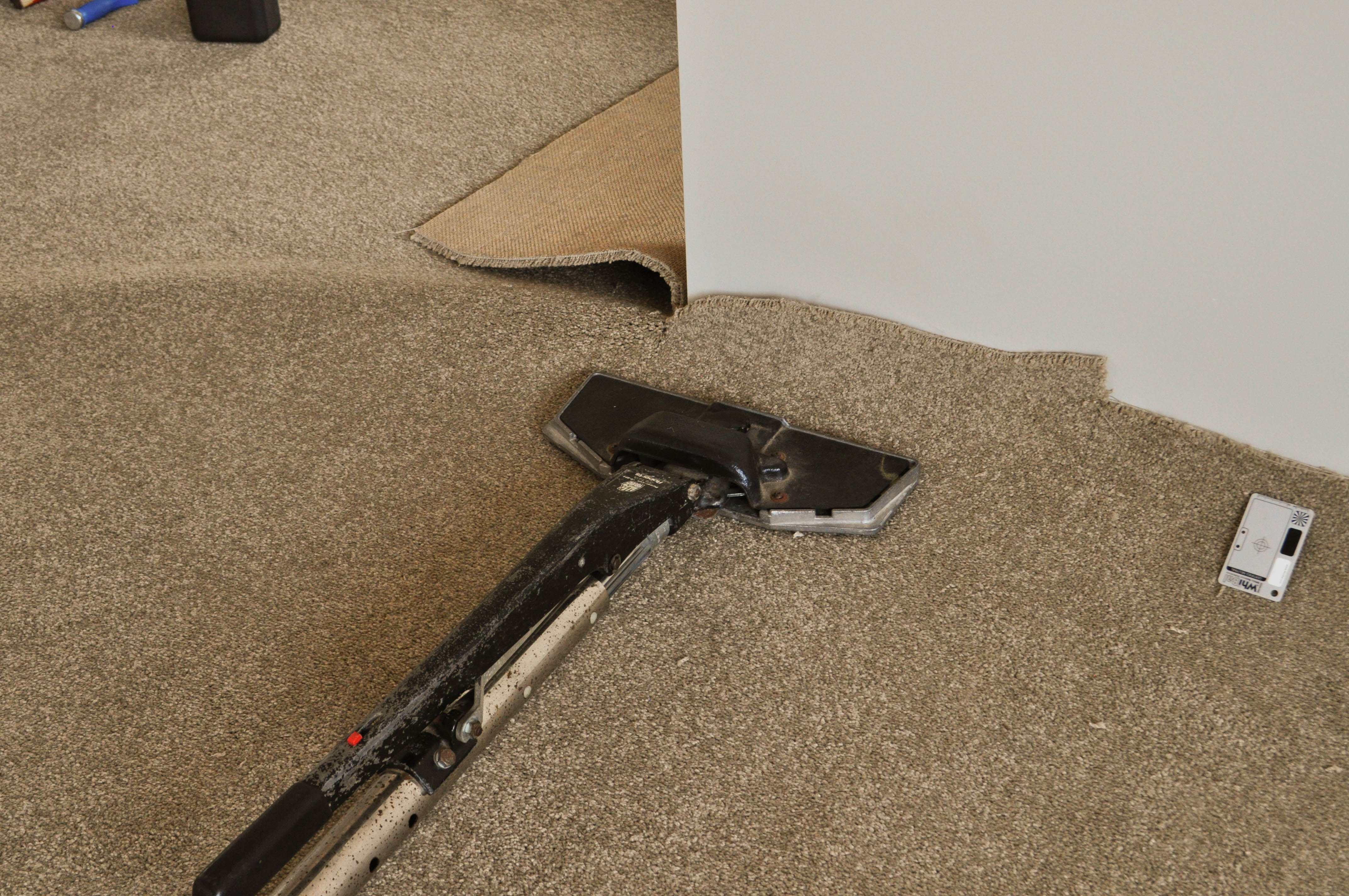

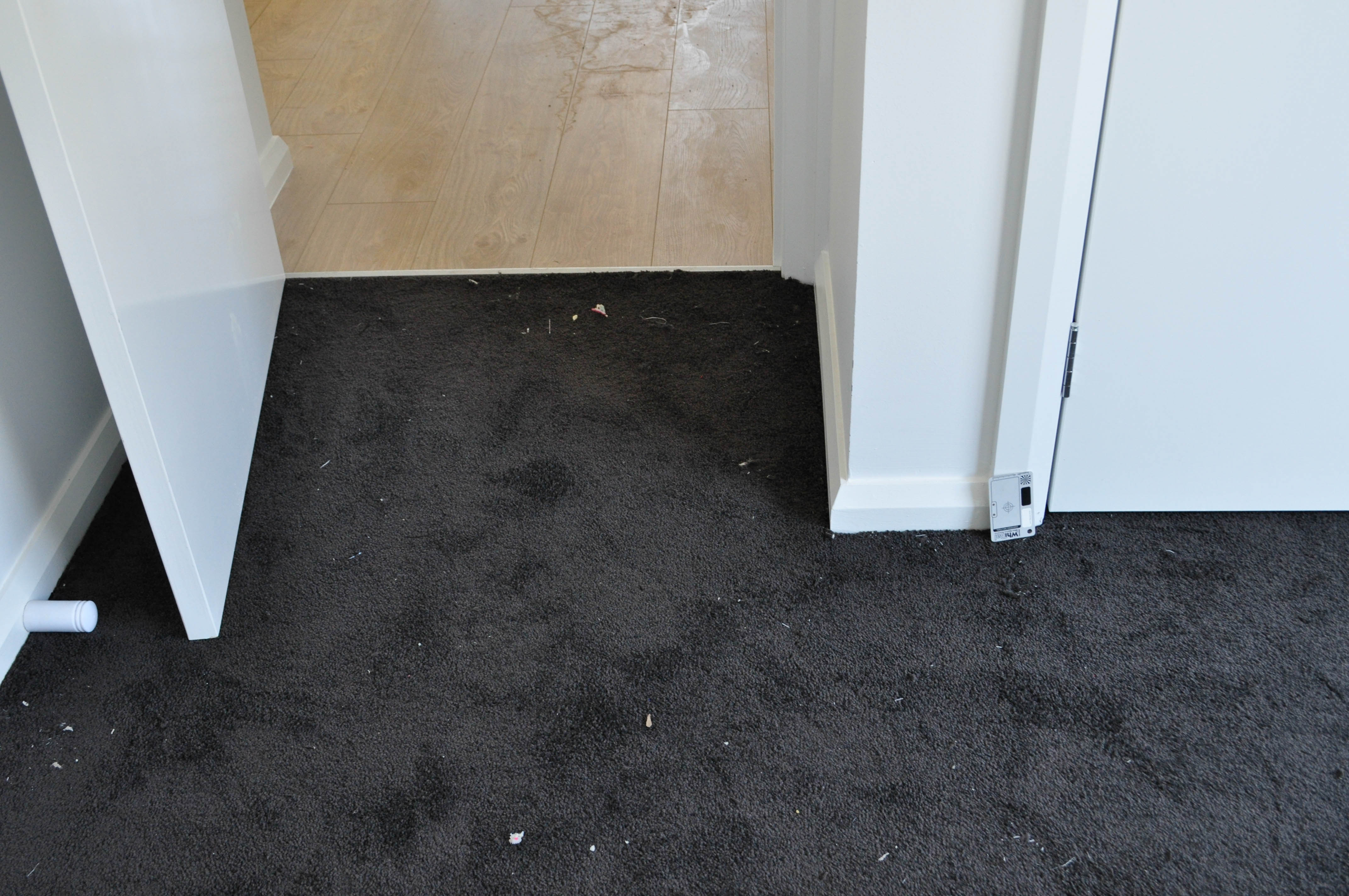
Carpet installation cost has the the following components: the cost of the carpet, the cost of the carpet underlay, the cost of taking up and disposing of the existing carpet and underlay, the cost of furniture shifting to make carpet laying possible, the cost of an independent carpet layer to lay the underlay and carpet.
For information about carpet styles and their terminology please above to the section CARPET FLOOR: STYLES, YARN FIBRES and TERMINOLOGY
This is the same as
for an explanation of what is a square metre of carpet and a broadloom metre please go to the above section headed "broadloom carpet" which is at the very top.
Carpet cost per square metre is a variable figure but generally:
Inexpensive polypropylene carpet cost starts at around $10-20 per square metre.
Dyed polyester carpet starts at about $19.00 per square metre.
Inexpensive polypropylene carpet cost starts at around $10-20 per square metre.
Inexpensive polypropylene carpet cost starts at around $10-20 per square metre.
Inexpensive polypropylene carpet cost starts at around $10-20 per square metre.
Below are examples of such carpets.

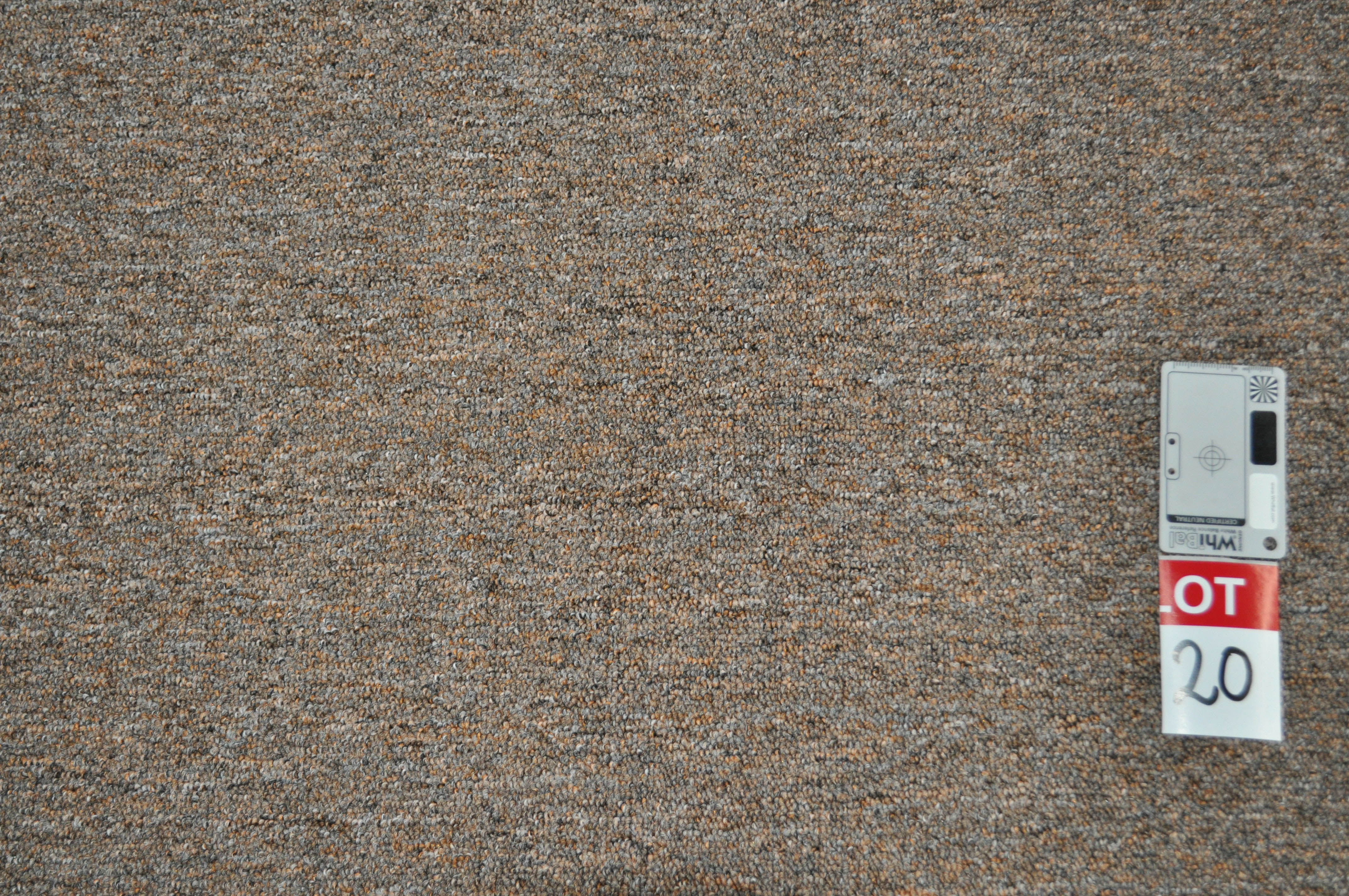

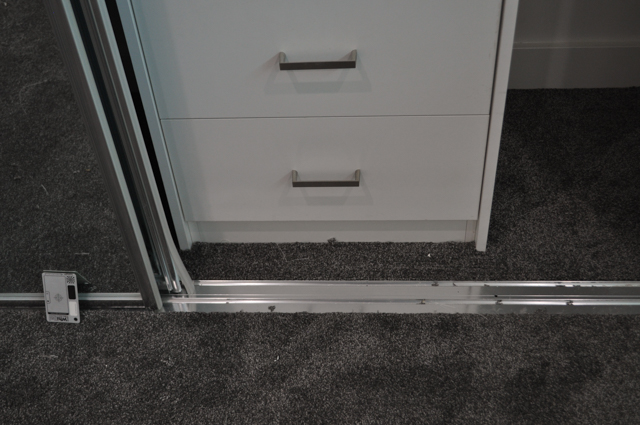


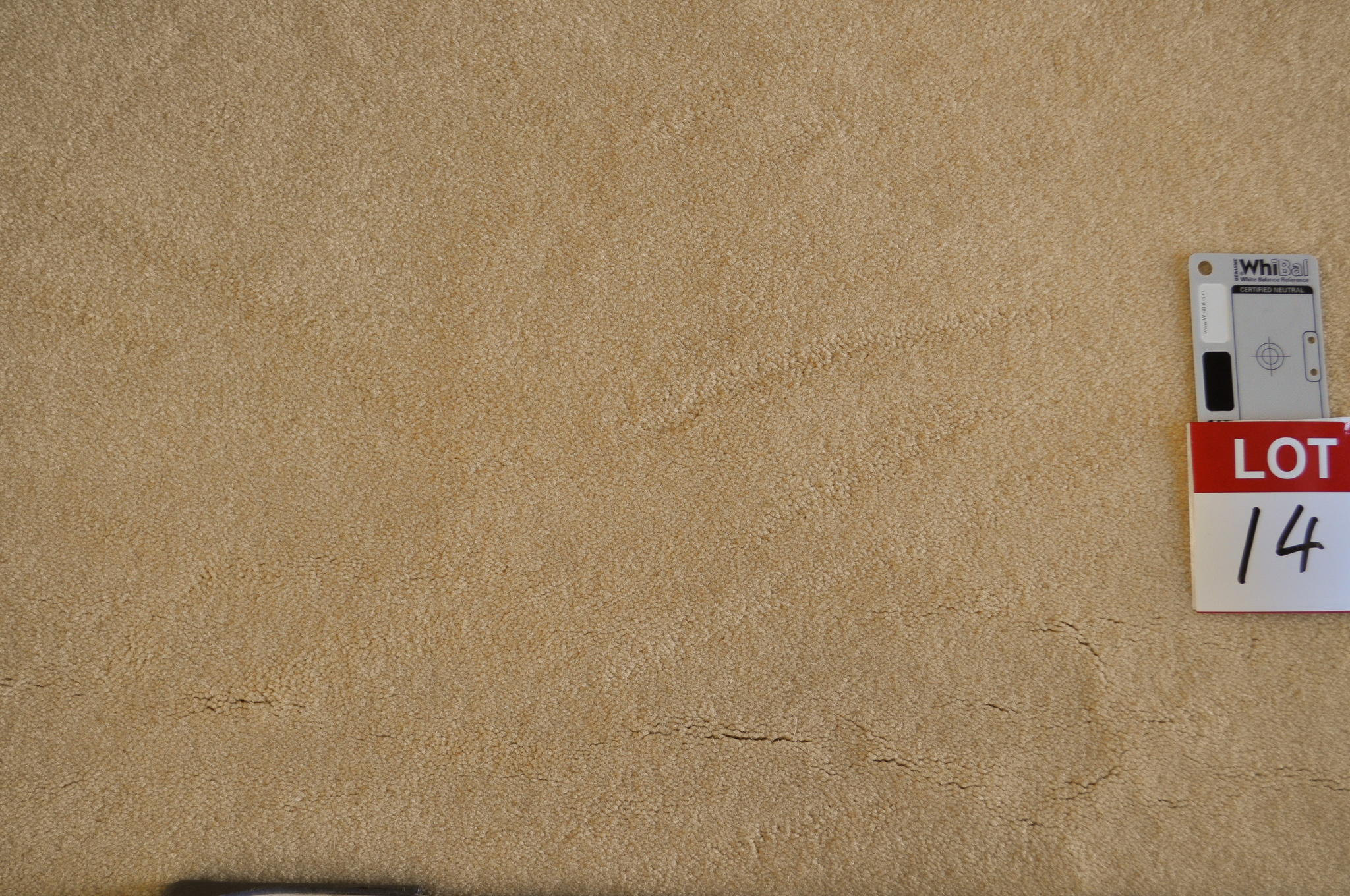
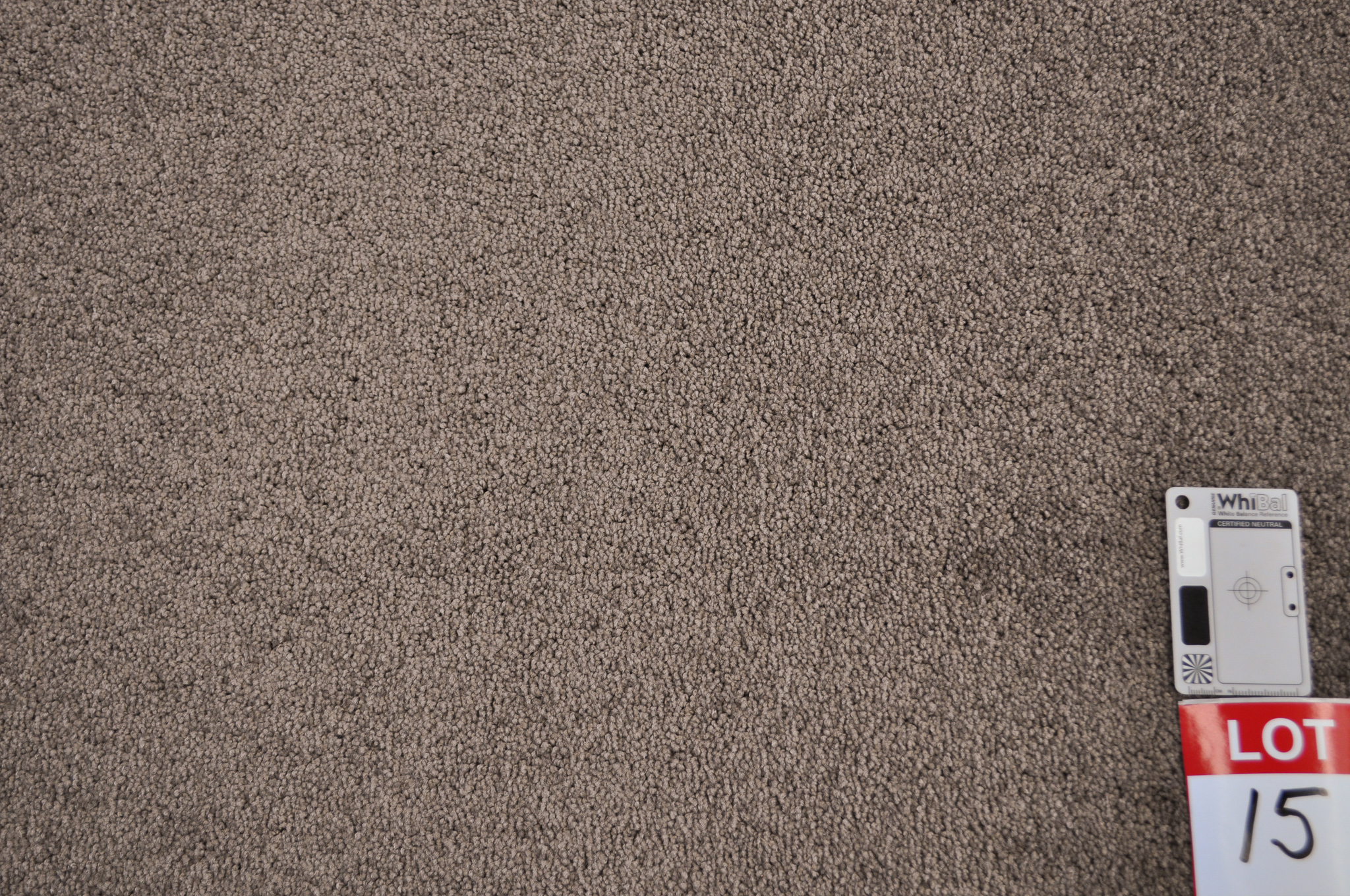
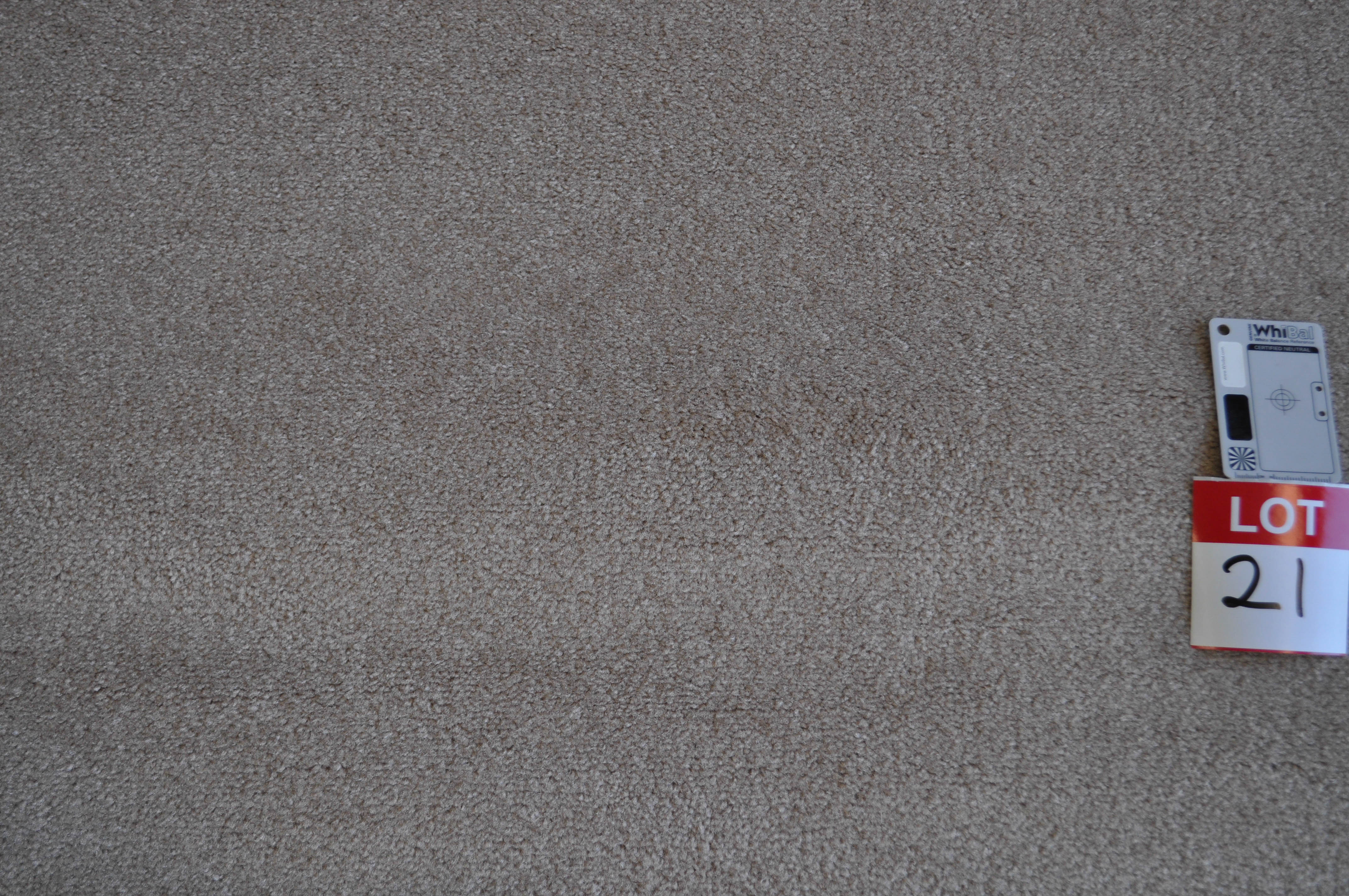


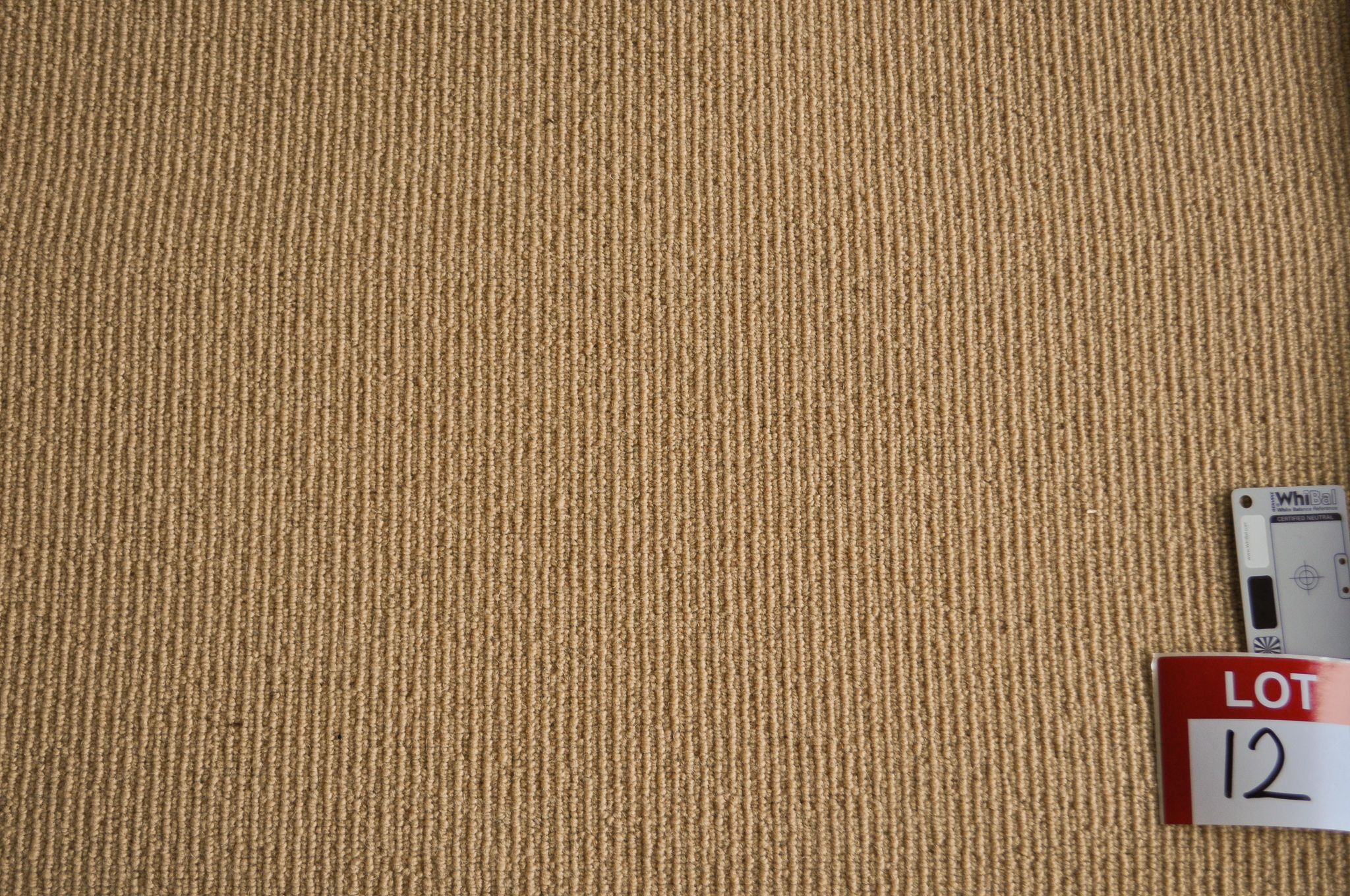
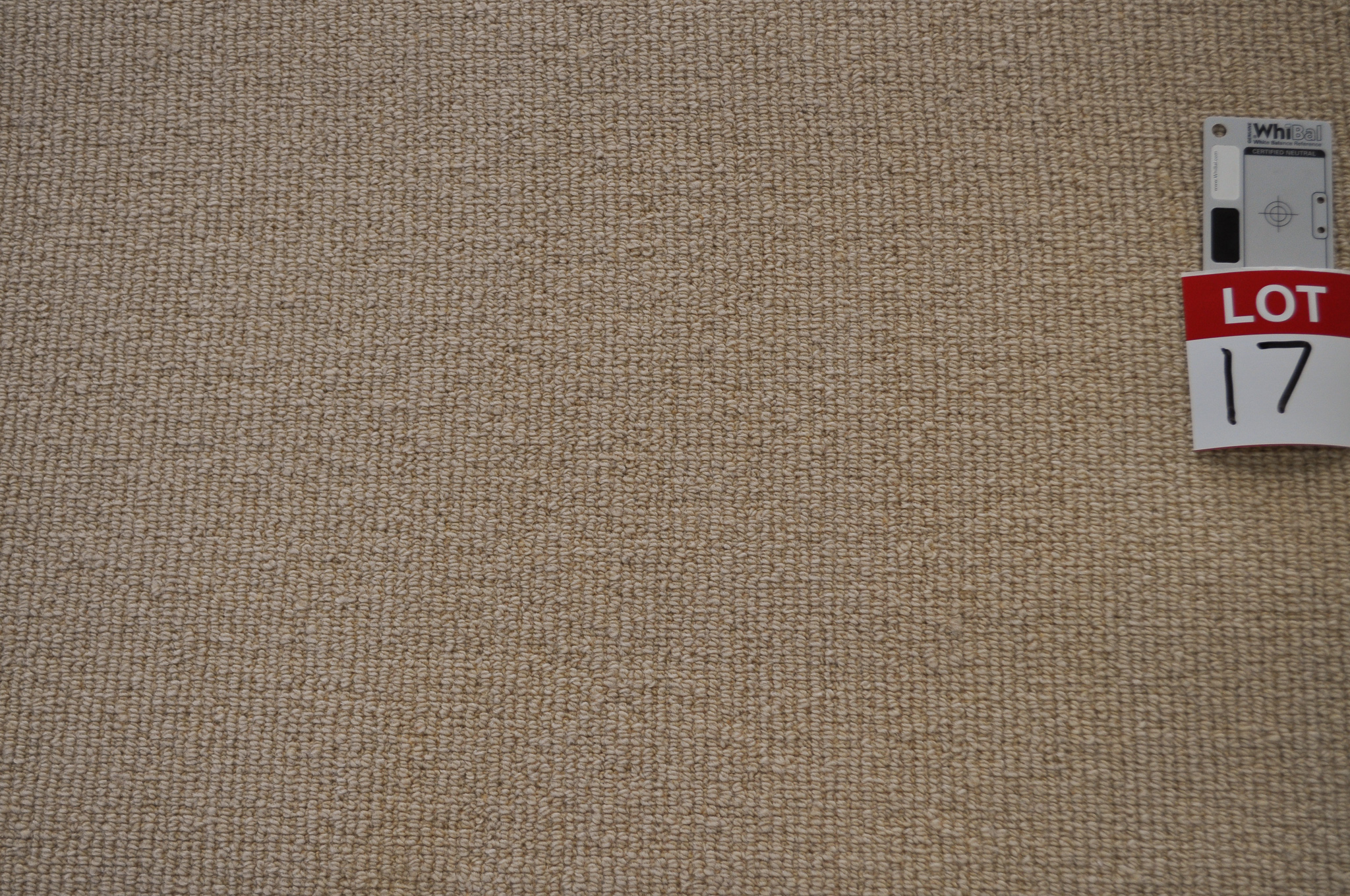




Carpet is supplied to Australia by various manufacturers, some domestic some overseas, and various carpet importers.
The dominant manufacturer in Australia making many types and styles of carpet. One of their very successfull and popular ranges is TWYNE as below:
the colors, characteristics and prices of the carpet range twyne
yarn: 100%WOOL
CONSTRUCTION: 48 OZ/SQ YARD- SISAL PILE
PATTERN REPEAT: not applicable
MANUFACTURER'S RATING: residential EXTRA heavy duty
WARRANTY: 6 YEARS LIMITED WEAR
carpet: first quality
carpet: $182/broadloom metre= $50.14/sqmetre
carpet underlay: $16/broadloom metre= $4.40/sqmetre
carpet laying: $42/broadloom metre= $11.57/sqmetre
total: $240.00/broadloom metre= $66.12/sqmetre
for a room 3m x 3.6m total price= $744.00 fully laid GST included
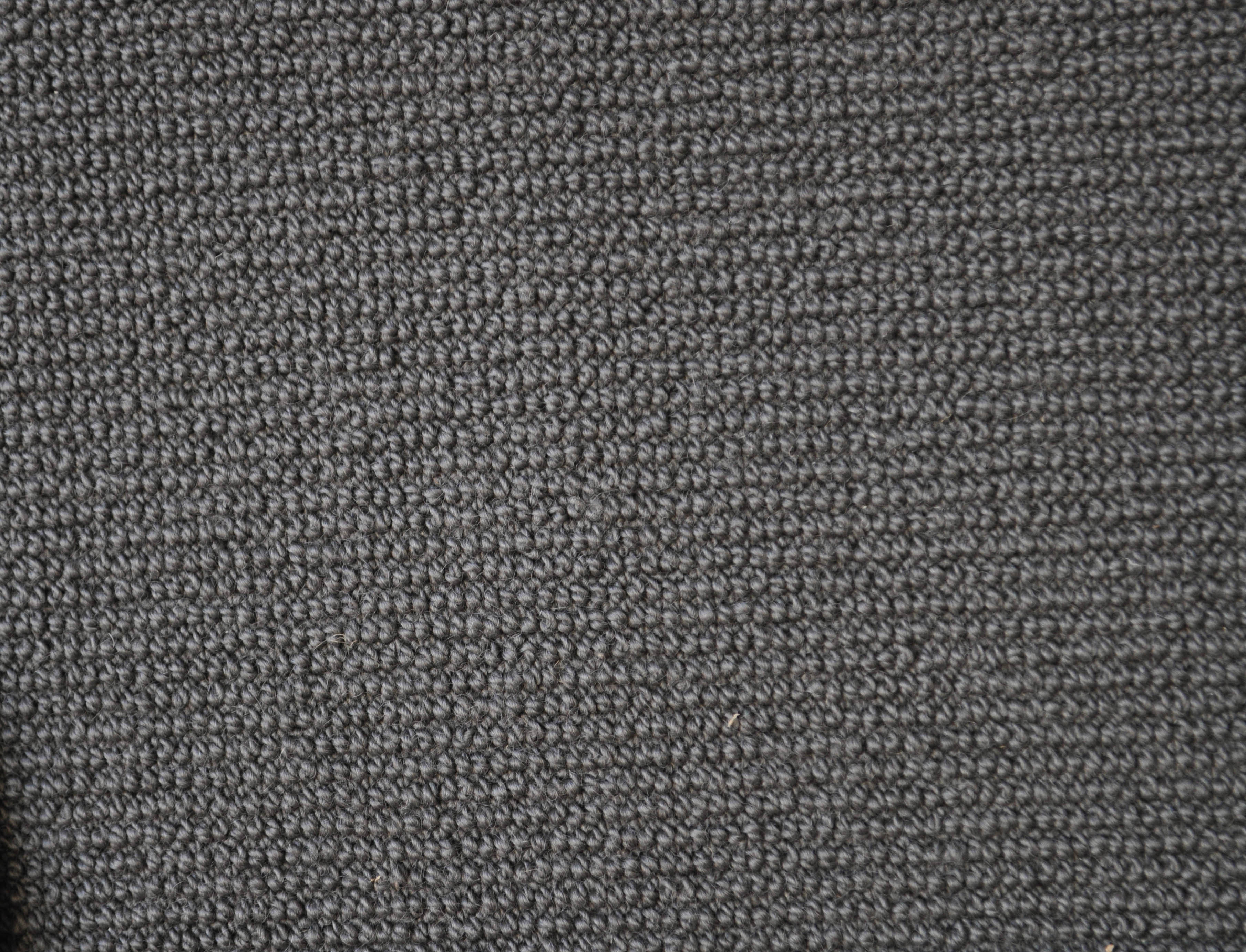
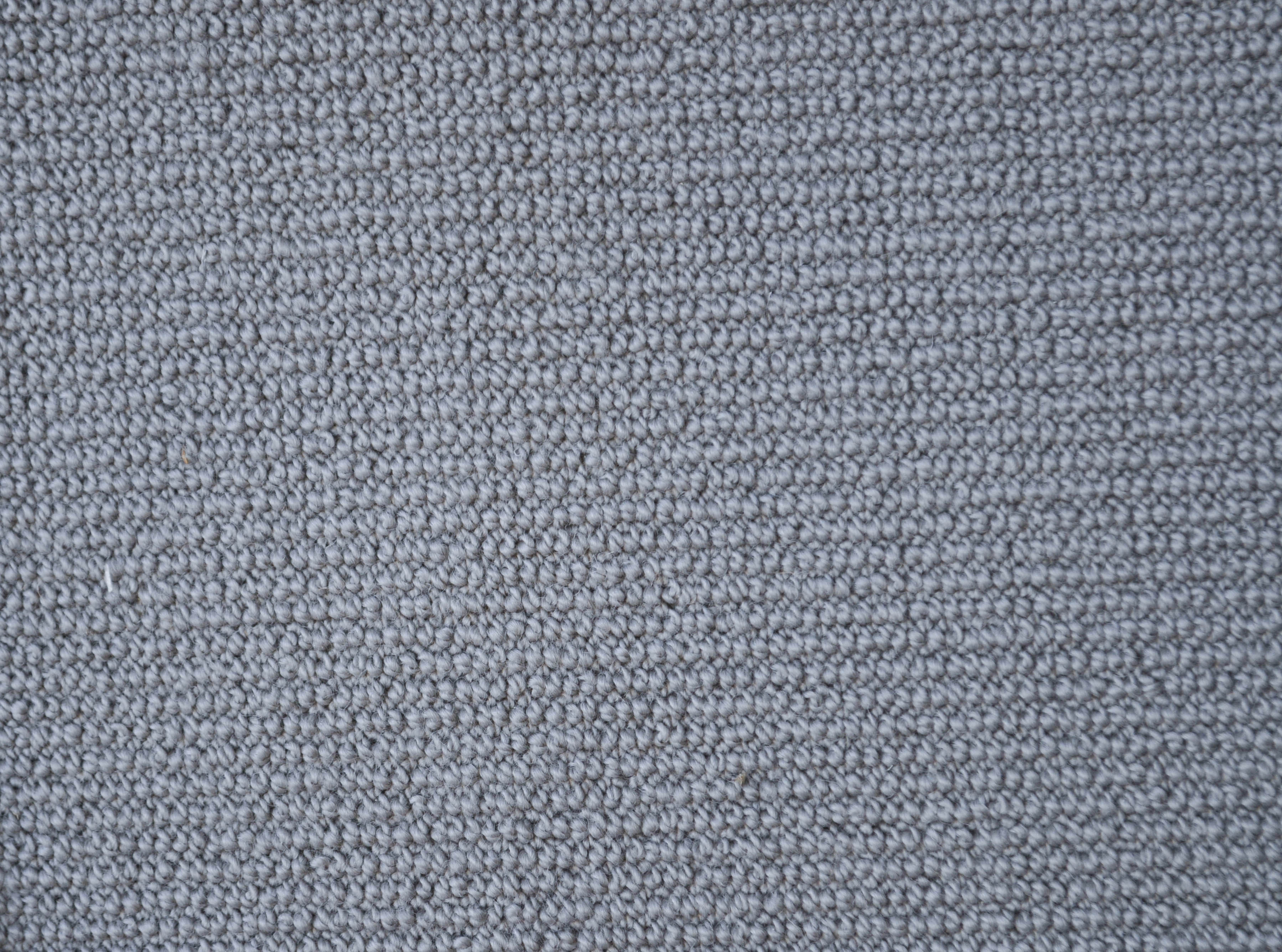
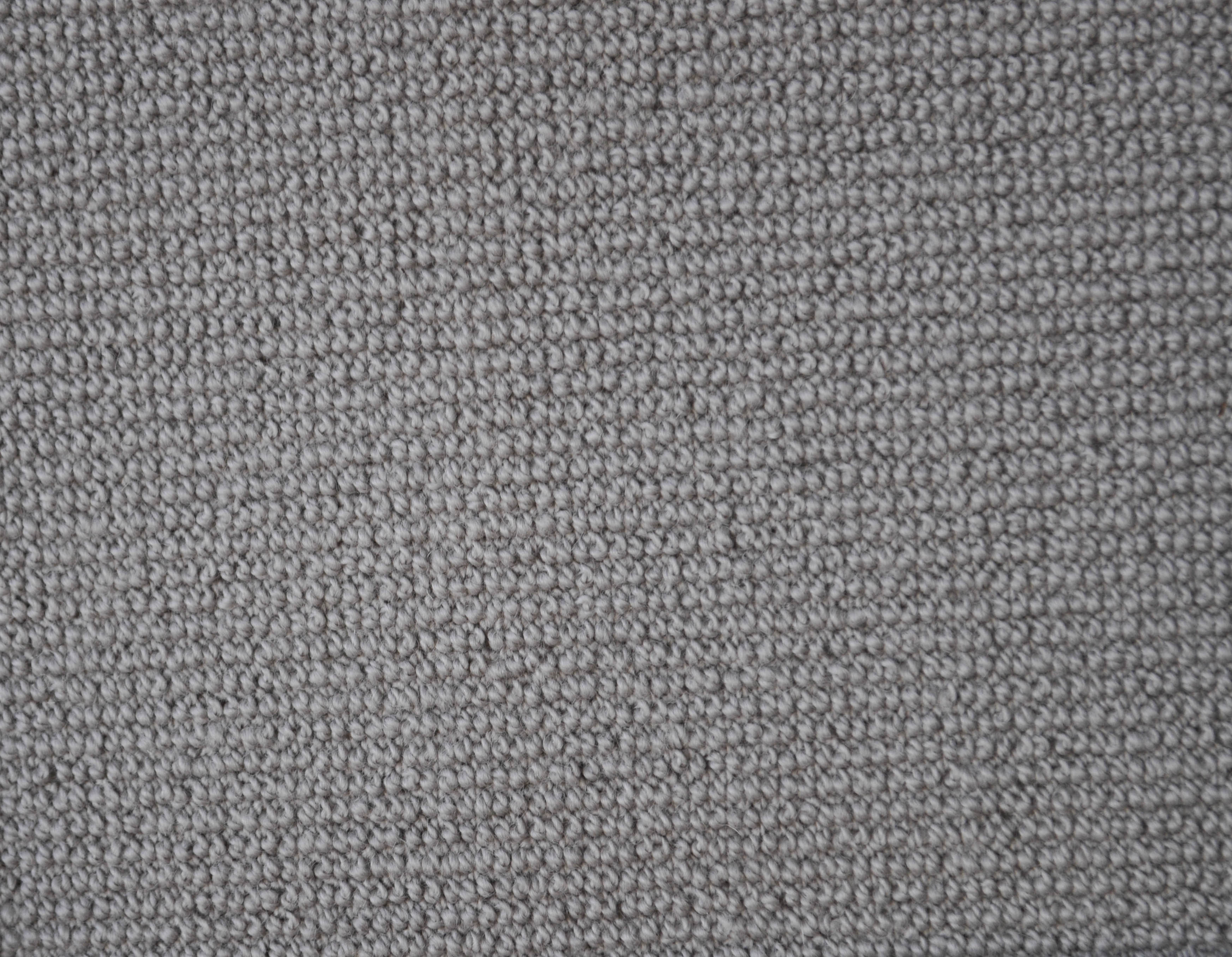
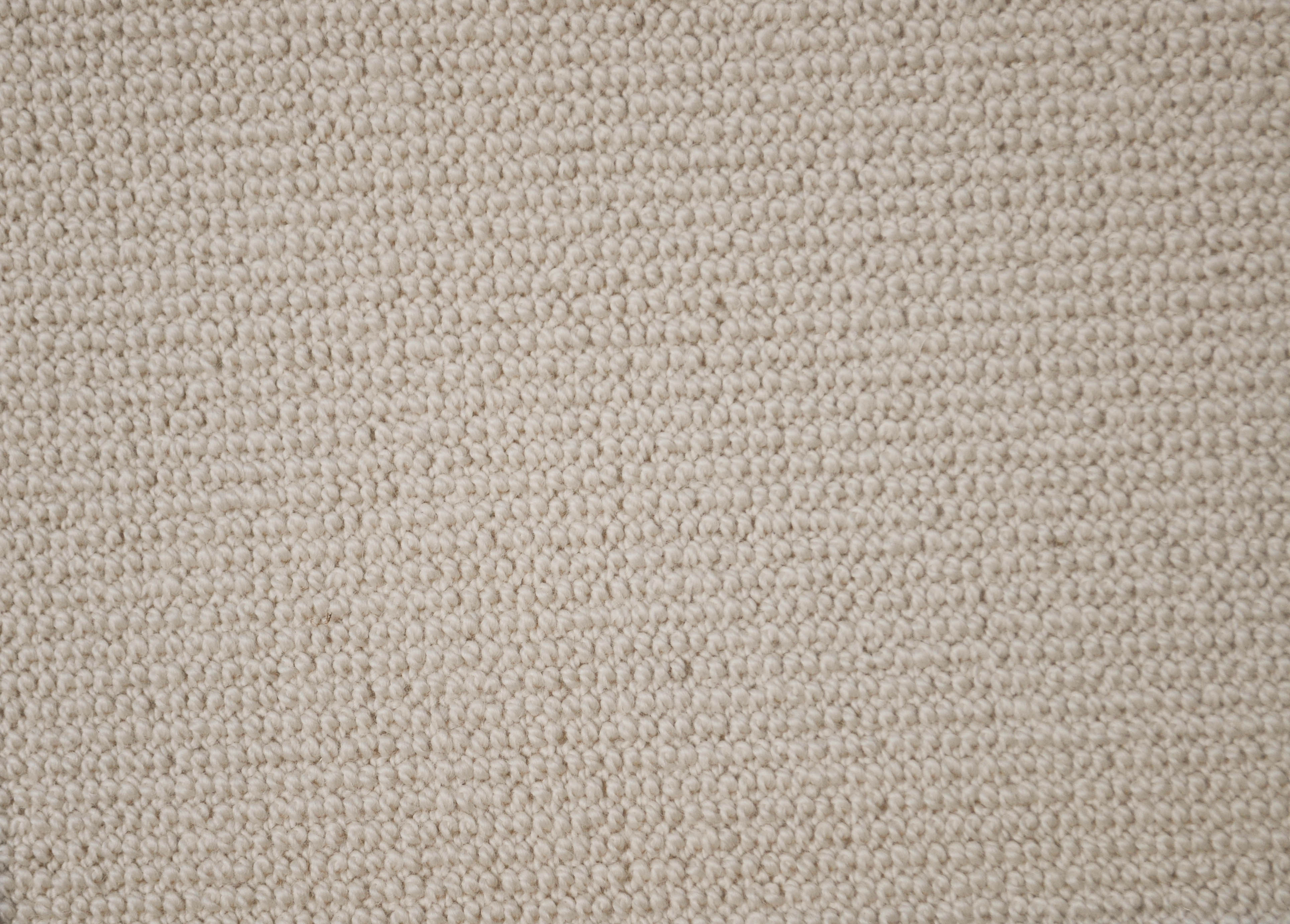

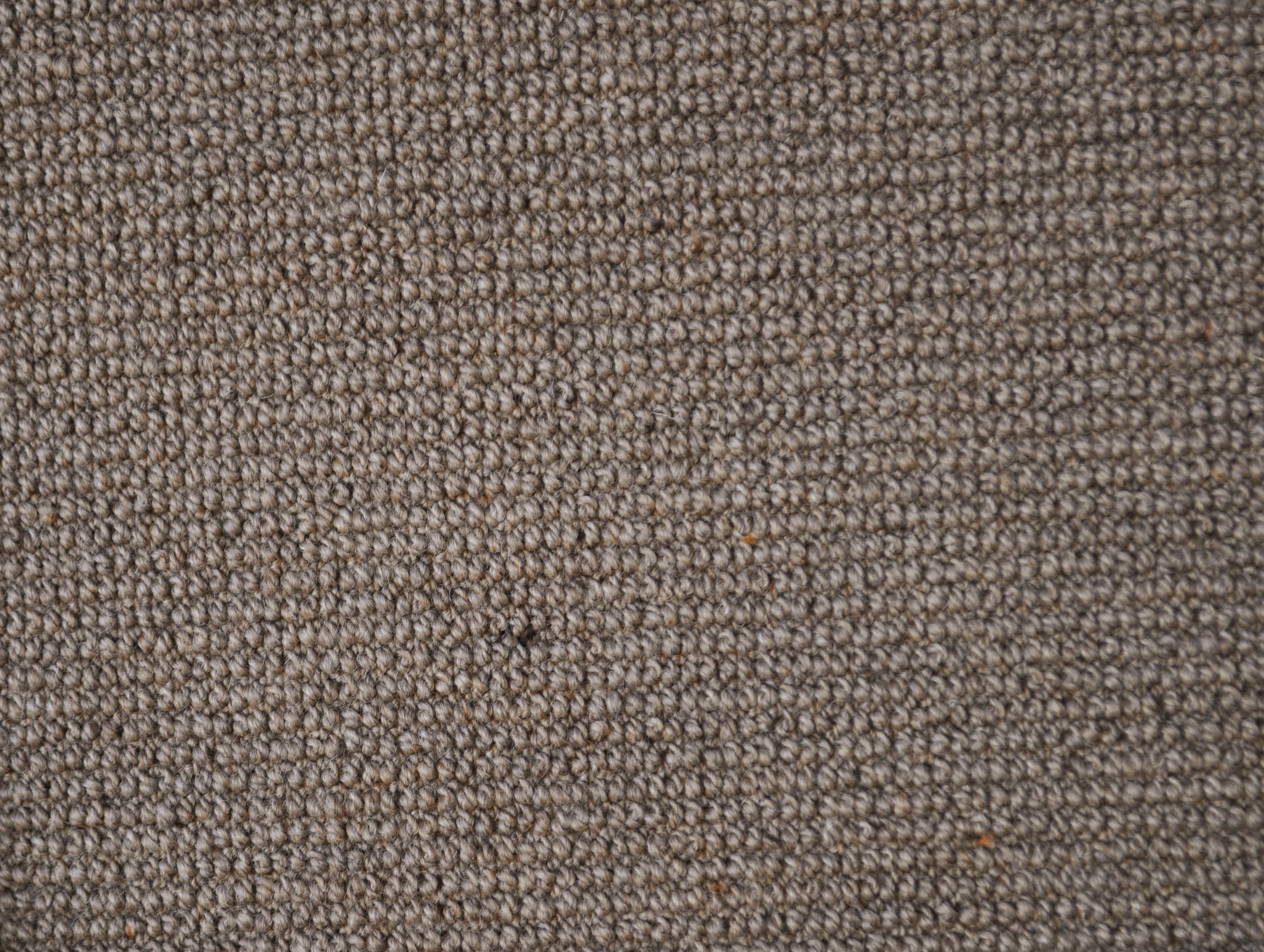
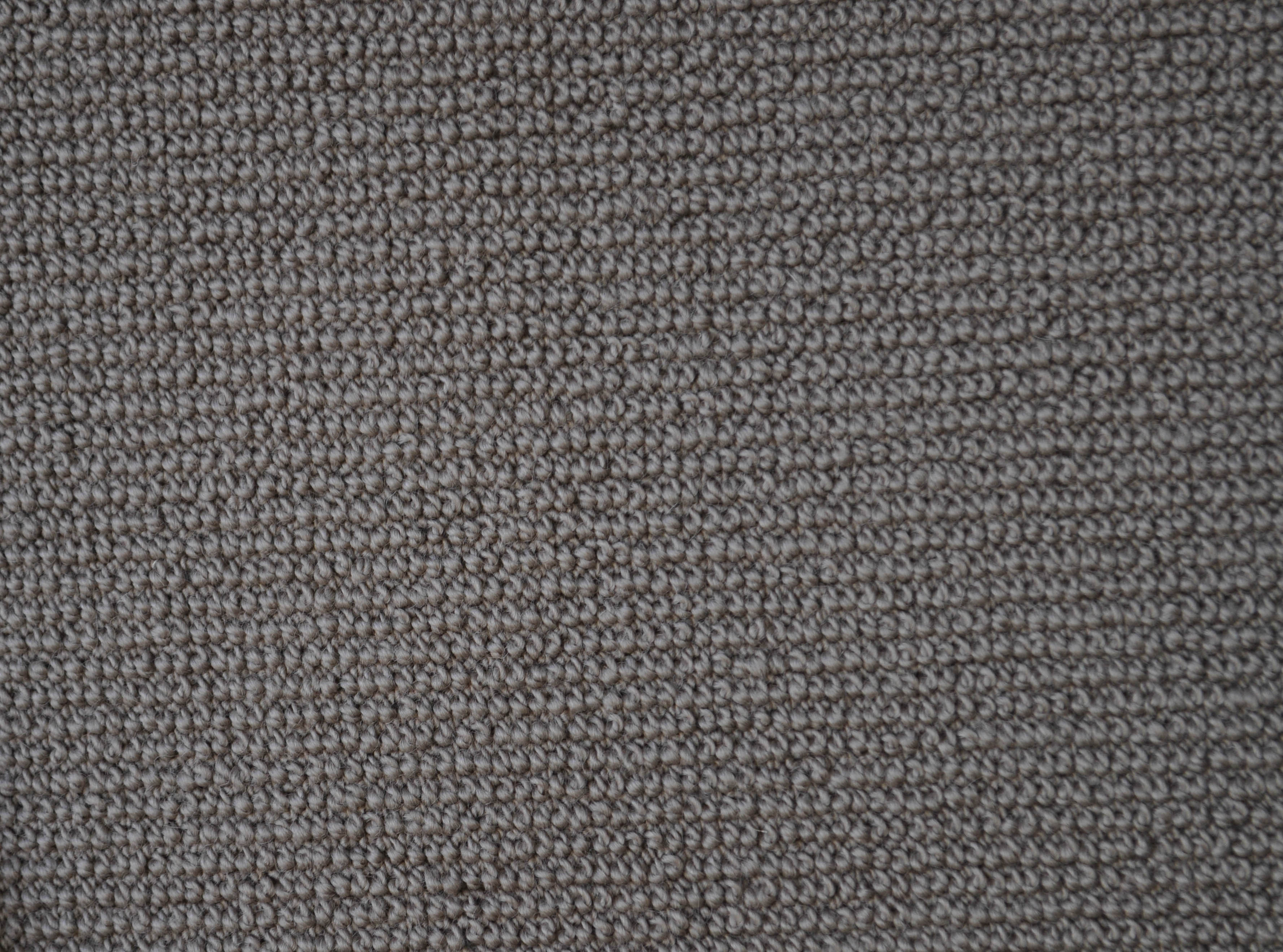
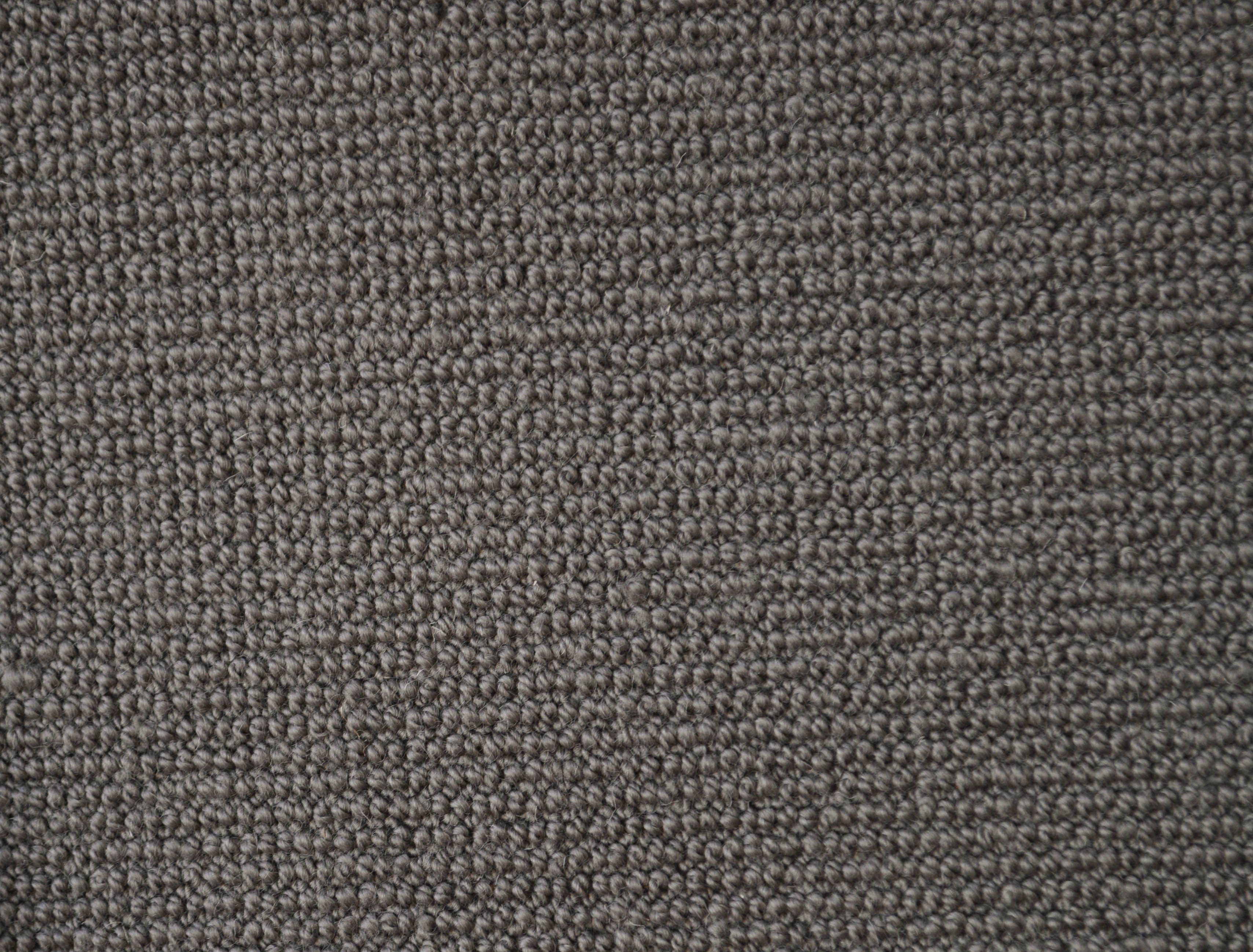
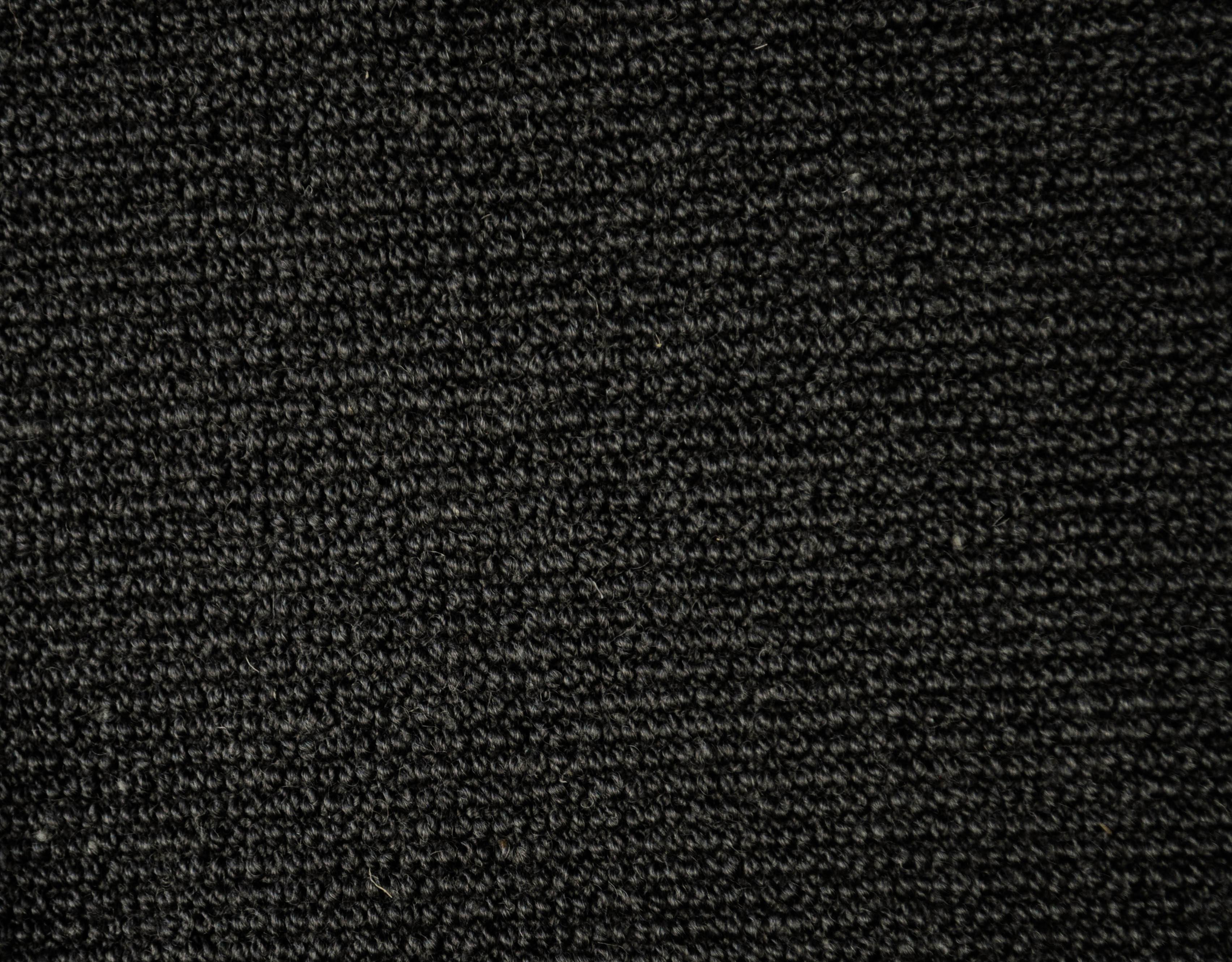
Usually carpet that is left over from a job is overlocked and turned into a rug. However carpet can be specially manufactured into rugs. When this is done the rugs usually have colourful artistic designs and can be very expensive. The rugs then become an accessory within the interior decor scheme of the home.
Simply call us on 0412 740 200 and make an appointment for a shop at home service visit by us to you. If you live in Caroline Springs, Deer Park, St Albans, Hoppers Crossing, Werribee, Derrimut, Altona, Tarneit, Truganina, Melton and all surrounding suburbs, we are close by.
Our showroom and warehouse business location is 1/47 Eucumbene Drive, Ravenhall, Caroline Springs Victoria 3023. Before you come please make an appointment.